




Name:
Class:
School:

Academic Authors: Pooja Gupta, Anuj Gupta
Creative Director: Bhavna Tripathi
Book Production: Naveen Gauniyal, Sanjay Kumar Goel
Project Lead: Pooja Gupta
VP, Learning: Abhishek Bhatnagar
All products and brand names used in this book are trademarks, registered trademarks or trade names of their respective owners.
© Uolo EdTech Private Limited
First impression 2025
This book is sold subject to the condition that it shall not by way of trade or otherwise, be lent, resold, hired out, or otherwise circulated without the publisher’s prior written consent in any form of binding or cover other than that in which it is published and without a similar condition including this condition being imposed on the subsequent purchaser and without limiting the rights under copyright reserved above, no part of this publication may be reproduced, stored in or introduced into a retrieval system, or transmitted in any form or by any means, electronic, mechanical, photocopying, recording or otherwise, without the prior written permission of both the copyright owner and the above-mentioned publisher of this book.
Book Title: Dawn Literacy Skillbook Level B
ISBN: 978-81-980375-4-1
Published by Uolo EdTech Private Limited
Corporate Office Address: 85, Sector 44, Gurugram, Haryana 122003
CIN: U74999DL2017PTC322986
Illustrations and images: www.shutterstock.com, www.stock.adobe.com and www.freepik.com
All suggested use of the internet should be under adult supervision.


elcome to DAWN, our comprehensive series for Early Childhood Education that has been meticulously crafted to align with the guidelines of the Foundational Stage as outlined in the National Education Policy (NEP) 2020. This series is designed to provide a holistic learning experience, fostering the comprehensive development of young learners in accordance with the developmental milestones and learning outcomes specified in the National Curriculum Framework (NCF) 2022.
DAWN offers a rich blend of interactive and activity-based content to nurture each child's physical, emotional, intellectual, and spiritual growth. Our approach ensures that learning is enjoyable and meaningful, catering to every child's interests and abilities. By integrating various domains of development, we aim to create an environment where children can thrive, explore their unique potentials and cultivate a lifelong love for learning.
The curriculum is structured to promote Physical Development by incorporating activities that enhance motor skills, health, and overall physical well-being. Social and Emotional Learning (SEL) is a critical component focusing on building empathy, cooperation, and strong interpersonal relationships. Through engaging and thought-provoking activities, children develop Intellectual Capacities, fostering critical thinking, problem-solving, and a curious mind.
In line with the NCF 2022, DAWN also emphasises Spiritual and Moral Development, encouraging children to understand and embody values such as honesty, integrity, and respect for others. We aim to instill a sense of responsibility towards the environment, promoting sustainable practices from an early age.
Our curriculum is not just a series of lessons but a journey of discovery, growth, and joy. We believe that every child is unique, and our tailored approach ensures that each learner can engage with the content in a way that resonates with their individual needs and interests. By providing a nurturing and stimulating environment, DAWN sets the foundation for future success, preparing children not just for school, but for life.
The DAWN Level B Kit includes:

Free Additional Resources:
• Flash Cards
• Sticker Sheets
• Suggested Activities List, for teachers and parents
• Teacher's Manual
• Digital Learning Resources
Thank you for embarking on this educational journey with us. Together, we can make the dawn of early childhood education a bright and promising start for every child.

Dawn is a carefully crafted activities-based learning program that caters to all domains of Early Childhood Education, including physical, emotional, mental, intellectual, and spiritual development. The program includes textbooks in English, Mathematics, General Awareness, STEM Exploration and Rhymes & Stories. The program also extends ample support to teachers through lesson plans and other assets that help attaining the best outcomes.

Engaging Textbooks
Teacher's Manual
Assessment Rubrics for Teachers
Progress Report Sheets
Student and Teacher Apps
Learning Videos
Interactive Tasks and Exercises
The classroom program is augmented by the digital world, which includes assets like animated Talking Books, phonic songs, animated rhymes, animations on pre-number concepts, numbers, and shapes; and other interactive activities.

The National Education Policy (NEP) 2020 represents a transformative shift in the country’s education system. It aims to create a more holistic, dynamic and multidisciplinary approach to education. NEP 2020 focuses on fostering conceptual understanding, skills, values and competencies that align with the demands of the 21st century, while also preserving India’s rich cultural heritage. UOLO is fully committed to actualizing the vision of NEP 2020 by meticulously adhering to its outlined recommendations.
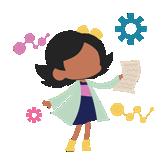

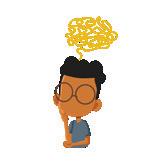







1. Physical and motor development
2. Cognitive development
3. Cultural and artistic development
4. Socio-emotional and ethical development
5. Language and Literacy
6. Numeracy
7. Play and activity-based learning
8. Holistic and multi-faceted learning
9. Inclusion of local traditions of India

10. Technology integration
Competencies and Domains
Teaching and Learning Pedagogy



Rhymes and Stories
Build familiarity with rhythm, phonetics, and vocabulary. Encourage development of gross motor skills.


Flash Cards
Assist development of basic numeracy, literacy and fine motor skills in a playful and engaging way. 1 2 5


Drawing and Scribbling activities
Promotes hand-eye coordination and motor skills.

STEM Exploration activities
Encourage curiosity, critical thinking and problem-solving.


Pretend
Reading and Drawing
Contribute





Exposure to diverse cultures to develop an appreciation for global and local artistic traditions, and connect with cultural heritage.
2 3 4 7 8 9



Picture Dictionary pages that enhance vocabulary and promotes language-rich discussions.

Storytelling and Role-Playing activities
Develop cognitive abilities like sequencing and understanding cause and effect. Allow exploration of emotional expression in social settings to develop empathy and ethics.

Phonological Awareness Activities


Help in grasping the sounds of spoken language, laying the foundation for reading and writing. 2 5 7 8

Digital Assets
Enhanced auditory learning in an engaging and tech-savvy environment.
The National Curriculum Framework for Foundational Stage (NCF-FS), released in 2022, is developed based on the vision of the National Education Policy (NEP) 2020 Its purpose is to enable the implementation of the NEP. The NCF-FS provides guidelines for designing syllabi, textbooks and learning materials for the Foundational Stage in India. It aims to improve the quality of education by making it more relevant, engaging, inclusive, and learner-centric. To achieve this, the NCF has articulated precise Learning Standards through well-defined Curricular Goals and Competency statements. These statements serve to harmonise the syllabus, content, pedagogical practices, and assessment culture, ensuring a cohesive and comprehensive educational experience.
Curricular Goals: Curricular Goals are statements that give directions to curriculum development and implementation. They are derived from Aims and are specific to a Stage in education.
Competencies: Competencies are learning achievements that are observable and can be assessed systematically. These Competencies are derived from the Curricular Goals and are expected to be attained by the end of a Stage.
NCF-FS Page 51
Children develop sharpness in sensorial perceptions
C-2.1 Differentiates between shapes, colours, and their shades
C-2.2 Develops visual memory for symbols and representations
C-2.3 Differentiates sounds and sound patterns by their pitch, volume, and tempo
C-2.4 Differentiates multiple smells and tastes
C-2.5 Develops discrimination in the sense of touch
C-2.6 Begins integrating sensorial perceptions to get a holistic awareness of their experiences
The above is a snapshot of the curricular goals and competencies relationship in the domain of Physical Development for the Foundational Stage (NCF-FS, page 59). The next section shows the coverage of various competencies across domains.



The NCF-FS highlights the importance of children's all-round and holistic development, also known as the Panchakosha Vikas (Five-fold Development) in the Indian tradition.
Based on the philosophy of Panchakosha Vikas, the five different domains of development recommended in the NCF-FS are as follows: Physical Development, Development of Life Energy, Emotional / Mental Development, Intellectual Development, and Spiritual Development. These domains have been covered extensively in our product, as can be seen from the mapping given below.
Physical Development (Sharirik Vikas)
Development of Life Energy (Pranik Vikas)
Emotional and Mental Development (Manasik Vikas)
Rhymes and songs Circle time activities General awareness
Stories Free play Life skills
Intellectual Development (Bauddhik Vikas)
Spiritual Development (Chaitsik Vikas)
Language and communication Life skills
Sequencing, patterning and sorting activities
Values, ethics and moral reasoning through stories and activity pages
Suggested activities Group activities Picture reading pages STEM exploration Sense of purpose through stories and classroom discussions
Sensory play Connection with nature Art and craft
Circle time activities Energy awareness Social skills
Art and craft Mind–body harmony
Nutrition awareness Health and safety pages
Health and hygiene practices
Activities that enhance gross and fine motor skills
Body awareness


Memory and recall through games, repitition and other cognitive exercises
Art and craft
Activities focusing on problem solving and critical thinking skills
Positive self-concept
Incorporating the principles and guidelines of NCF-FS, our preschool curriculum is designed to provide a holistic and enriching learning experience, nurturing each child's unique potential and preparing them for future success.

Attentive Listening: Encourage children to listen attentively to stories, rhymes, songs and instructions. Use flashcards, pictures, and games to help them better understand and make meaning of what is being said.
Understanding and Following Directions: Help children understand and follow simple directions and classroom routines.
Listening Comprehension: Develop the ability to comprehend spoken language by asking questions about stories and discussions. Encourage children to talk about the stories they hear and even retell them in their own words.
Picture Talk: Encourage classroom discussions by helping children express their thoughts clearly and confidently. Introduce sight words and encourage them to read and recognize these words in various contexts.
Vocabulary Building: Expand vocabulary by introducing new words through conversations, stories, and songs. Use these activities to help children practice blending and segmenting words.
Storytelling and Role-playing: Foster creativity and narrative skills by engaging children in storytelling and role-playing activities, making learning fun and interactive.

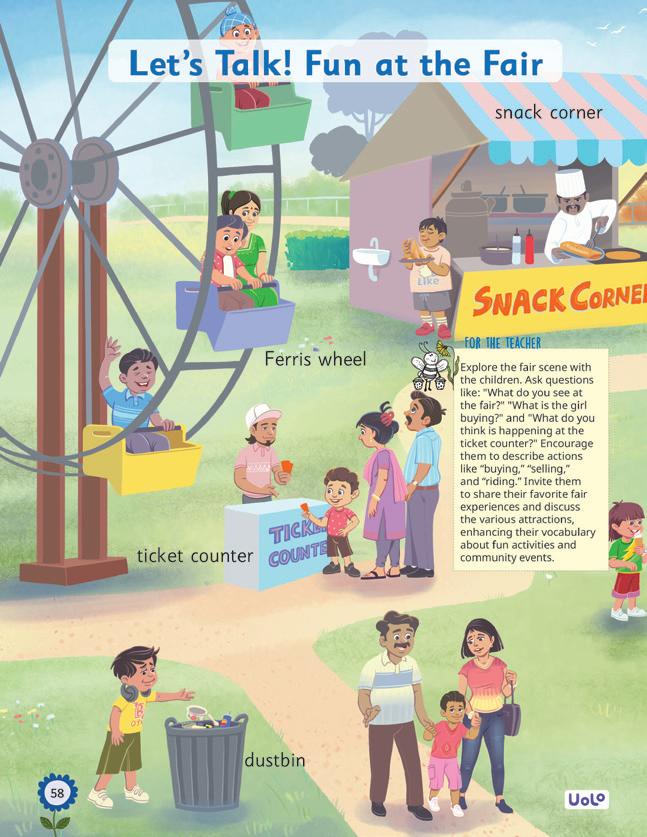
Print Awareness: Introduce the idea that words and letters carry meaning, and that reading and writing help share ideas.
Letter Recognition: Encourage children to recognize both capital and small letters and their sounds through fun activities. Guide them in identifying and matching letters with their sounds.
Phonemic Awareness: Guide children to hear and identify beginning sounds of words. Encourage them to differentiate between consonants and vowels and make simple three-letter words to enhance their understanding of the letter-sound relationship and how letters combine to form words.

Pre-writing: Develop fine motor skills and prepare for writing through tracing and pattern activities. Encourage children to practice forming both capital and small letters of the alphabet through tracing and writing exercises and praise all their efforts.
Modelled Writing: Demonstrate writing techniques by creating examples for children to observe and learn from.
Independent Writing: Encourage children to practise writing on their own, fostering creativity and confidence.

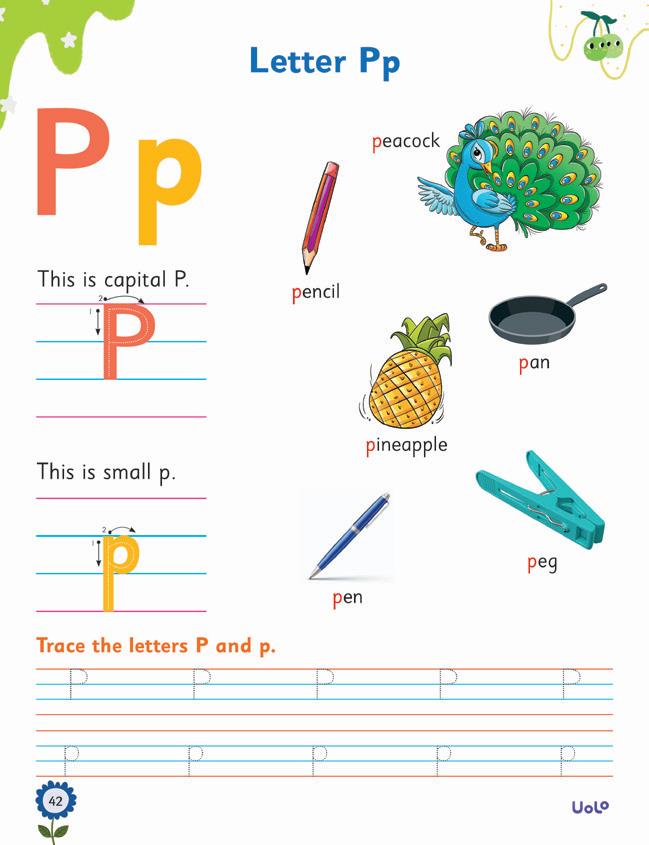
Collaborative Learning: Promote group activities where children can share their ideas and listen to others, fostering social interaction.
Positive Communication: Teach children to express their needs and feelings using appropriate language and to respond to others with empathy and respect.
Introducing Simple Sentence Structures in Preschool: Help children form and understand basic sentences, building a foundation for clear communication and language development.
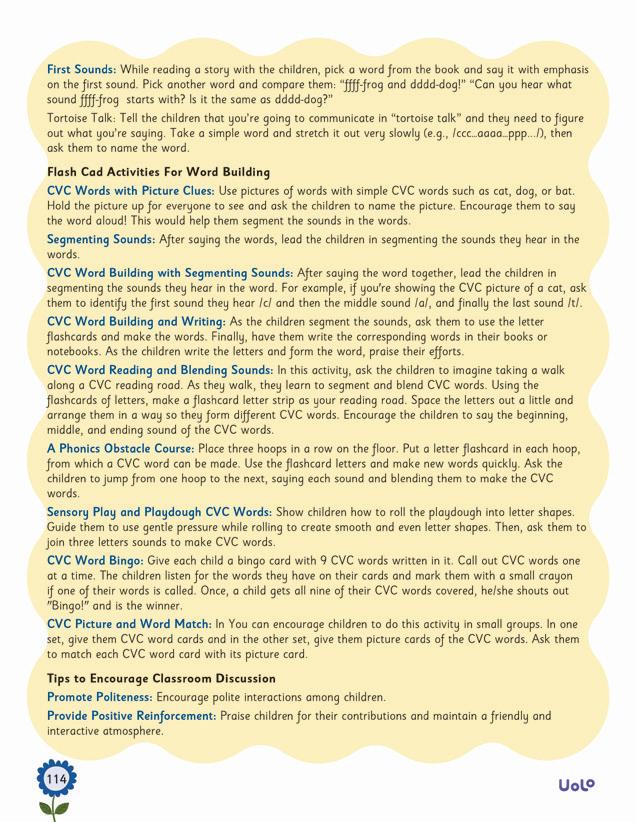
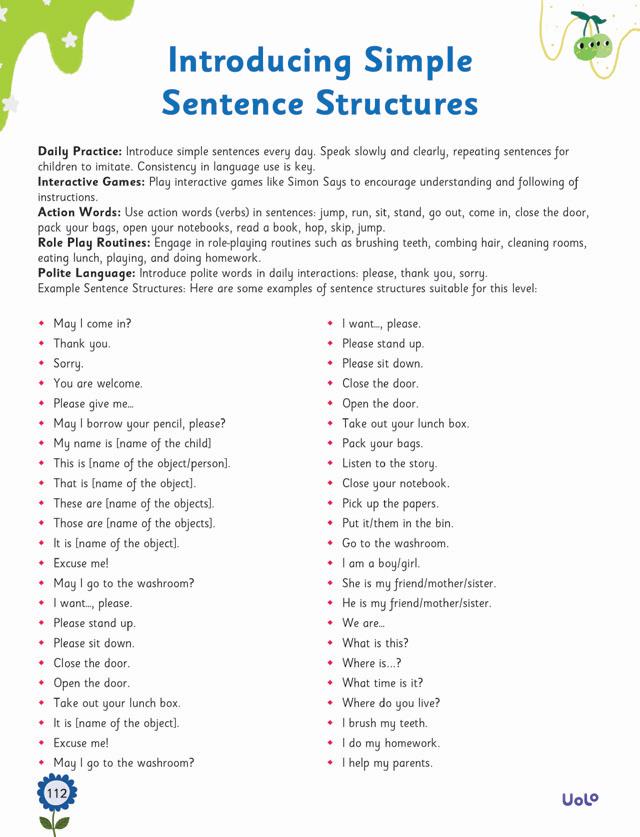
Includes Suggested Activities for Teachers and Parents:
• Flash Card Activities
• Tips for Letter Recognition
• Phonics Activities
• Introducing Simple Sentence Structures
• Tips to Encourage Classroom discussion



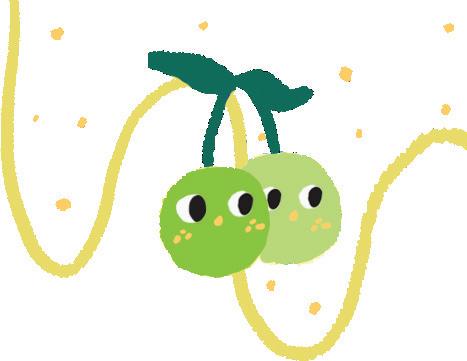


Scribble using crayons of different colours. One has b done for you.



Objectives
• Fine motor skills • Hand eye coordination








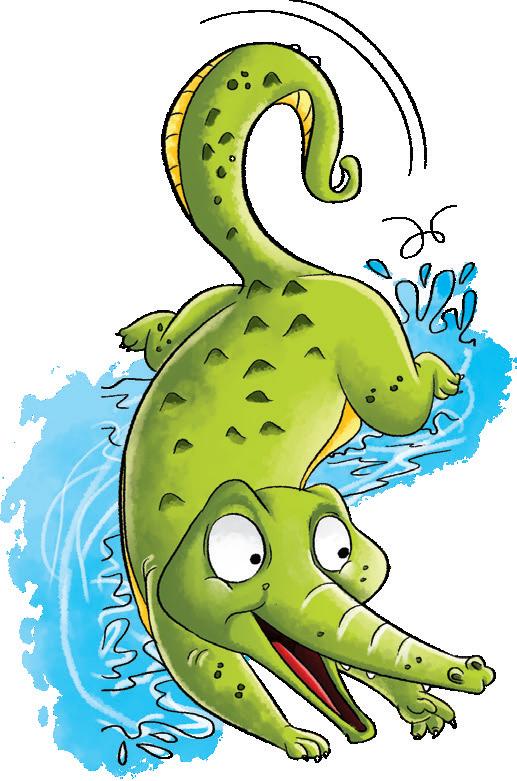

Trace the dotted lines and take the ant to the apple. Say /a/-/a/-apple.



Read after your teacher. Circle the first letter A and a.
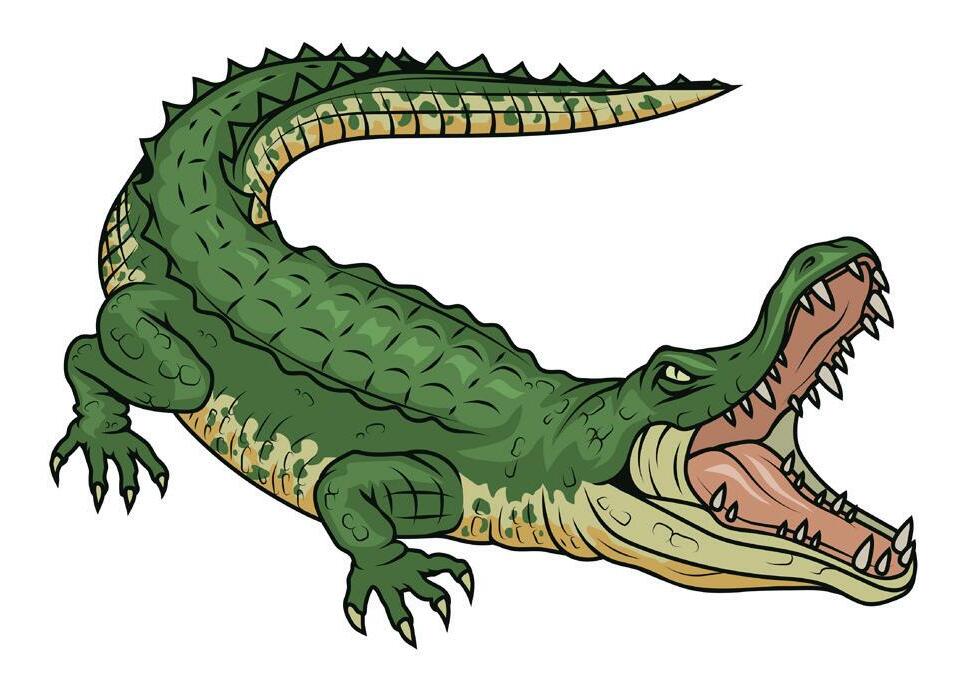

Objectives
• Letter recognition • Association of the letter with its sound • Fine motor skills

This is capital B.




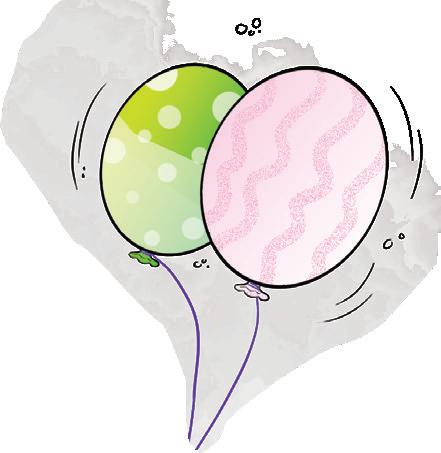
This is small b.

Trace the letters B and b.

Circle the pictures that begin with the sound of th letter Bb. Say /b/-/b/-balloon.


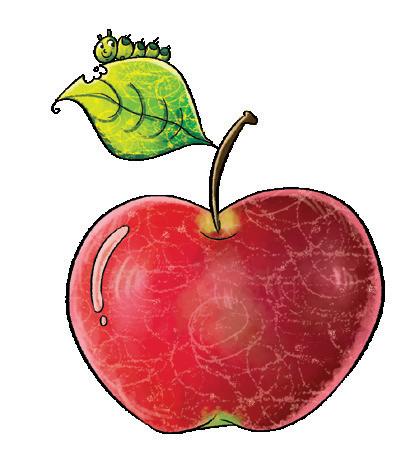




Read after your teacher. Circle the first letter B and b.
A big brown bear.

Baby’s balloon and bottle.


Objectives • Letter recognition • Association of the picture with the letter sound • Fine motor skills


This is capital C.
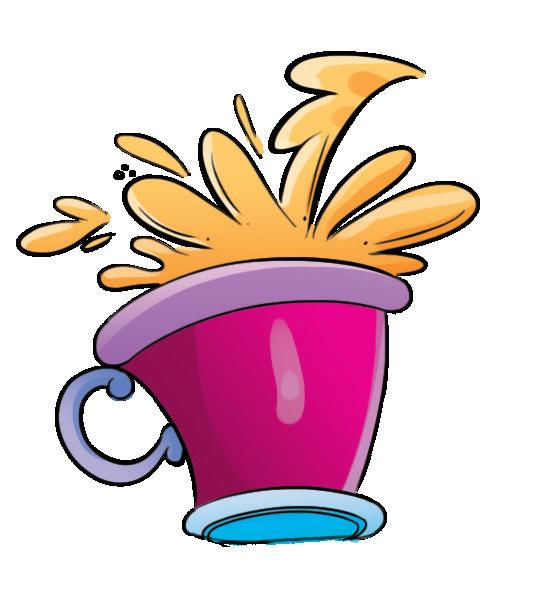

This is small c.
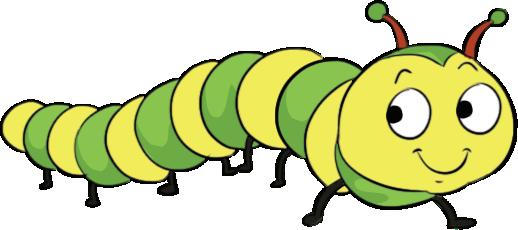


Colour the boxes with pictures that begin with th sound of the letter Cc. Say /k/-/k/-cat.



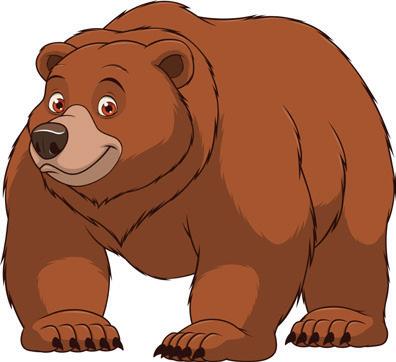

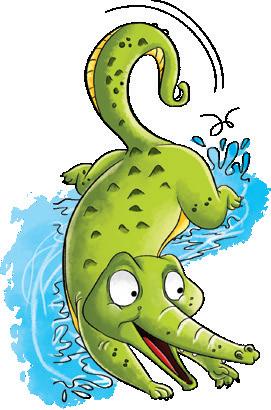
Read after your teacher. Circle the first letter C and c.
A candle on a cupcake.
Cara cat is crying.

Objectives
• Letter recognition • Association of the pictures with the letter sound • Fine motor skills



This is capital D.
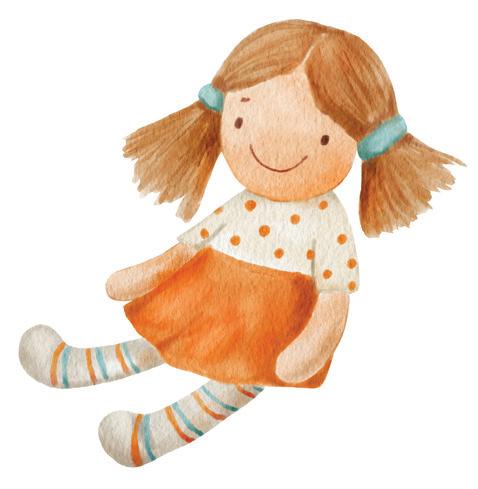
This is small d.


Trace the letters D and d.

Circle the animals that begin with the sound of th letter Dd. Say /d/-/d/-doll.
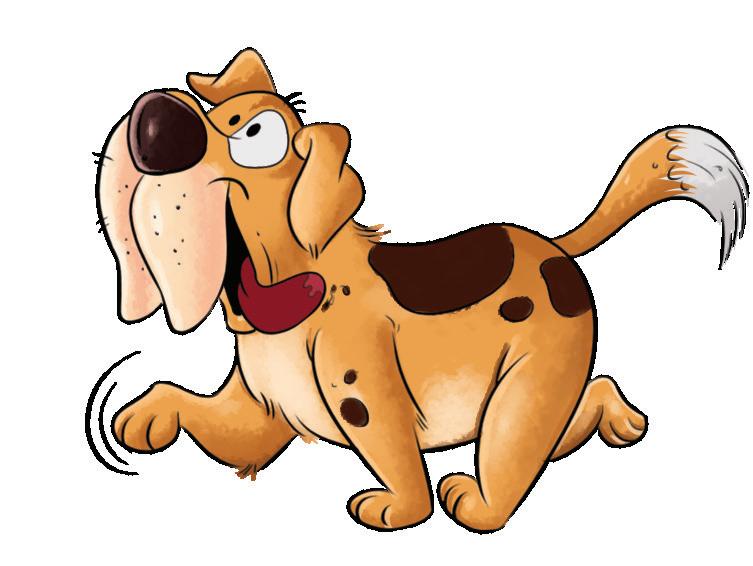



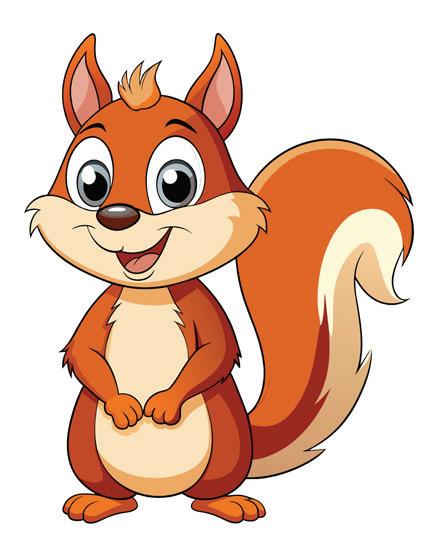
Read after your teacher. Circle the first letter D and d.
A dog with a drum.


Objectives
A dancing duck.
• Letter recognition • Association of the picture with the letter sound • Fine motor skills

letter stickers. (Use the sticker sheet.)
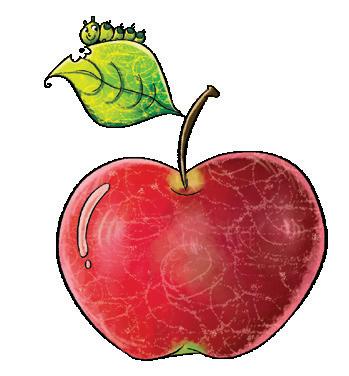
2. Match the capital letters with the small letters. Do and Learn


A b B c C d D a

Objectives
• Matching • Fine motor skills • Association e name of each picture. Then, paste the correct

Say the





4. Make interesting pictures using your fingerprints.
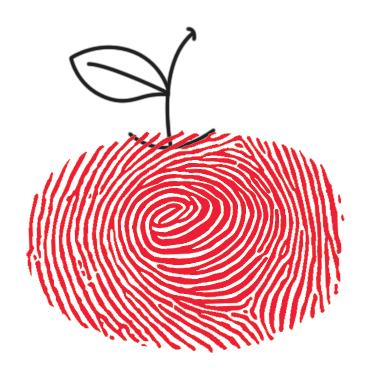




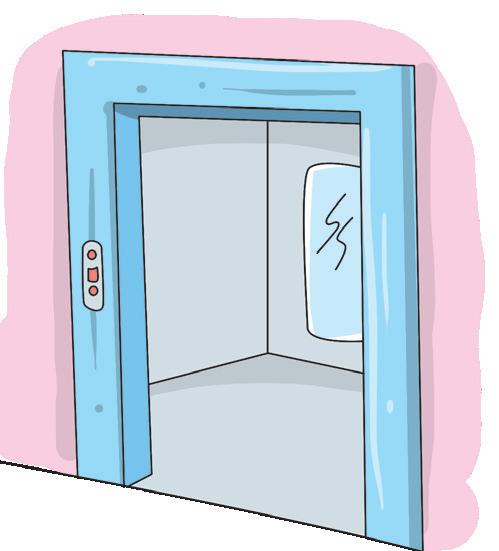
This is capital E.
This is small e.

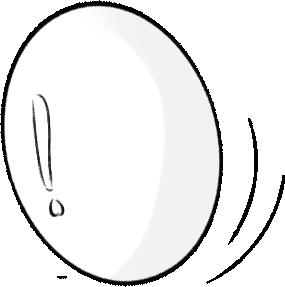




Circle the pictures that begin with the sound of the letter Ee. Say /e/-/e/-egg.


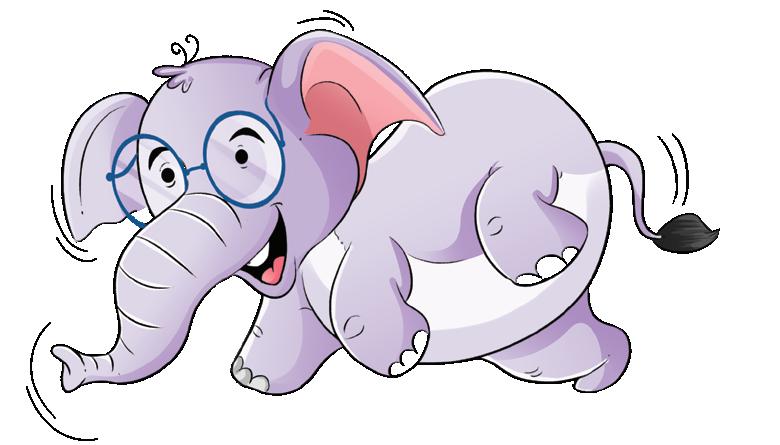
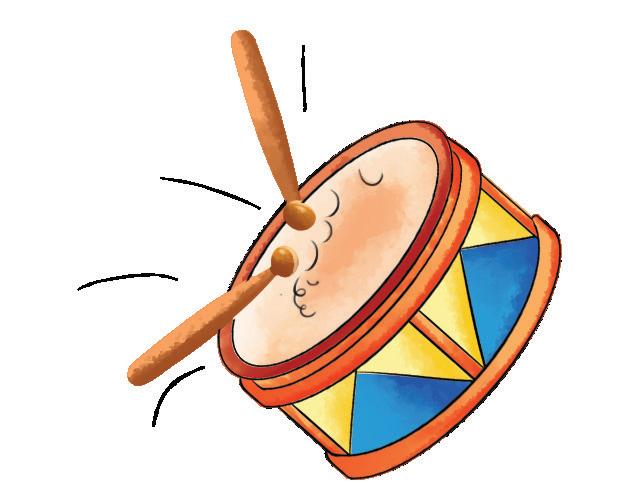


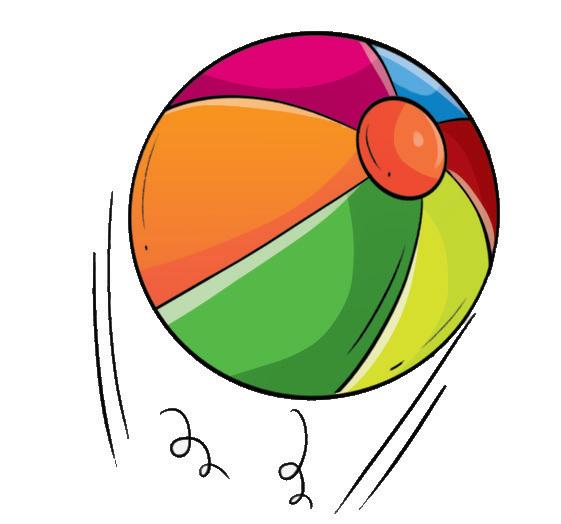

Read after your teacher. Circle the first letter E and e.
Ella elephant has an egg.
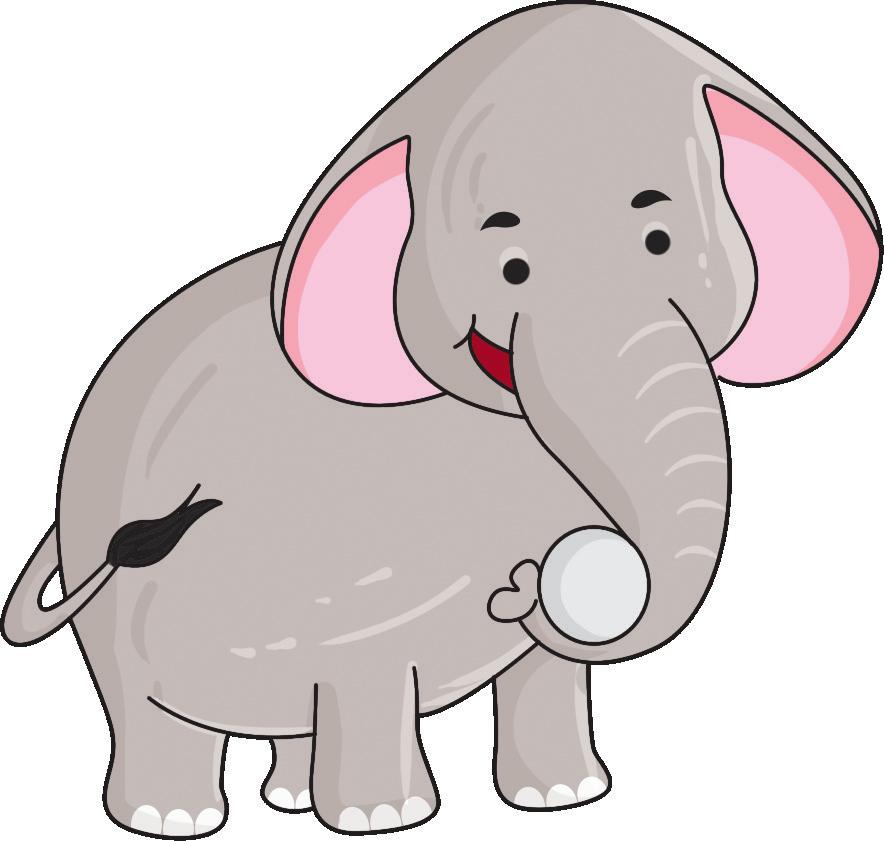

Objectives
An empty box.

• Letter recognition • Association of the picture with the letter sound • Fine motor skills





Engage children by exploring the garden scene. Ask questions like: “What do you see in the garden?” “What is the father doing?” “Do you smell flowers when you visit a garden?” and “Why is grandfather sleeping with a newspaper on his face?” Encourage them to describe actions like “running,” “playing,” “smelling,” and “sleeping.” Invite them to share their own picnic experiences to enhance vocabulary and foster discussions about family activities, nature, and caring for the environment.


Objectives
• Vocabulary and language development • Stimulate conversation
• Observation • Cultural awareness

This is capital F.

This is small f.





Trace the letters F and f.

Take each frog to the flower by tracing the dotted
lines. Say /f/-/f/-frog.


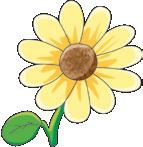

Read after your teacher. Circle the first letter F and f.
Fara is a friendly fairy.
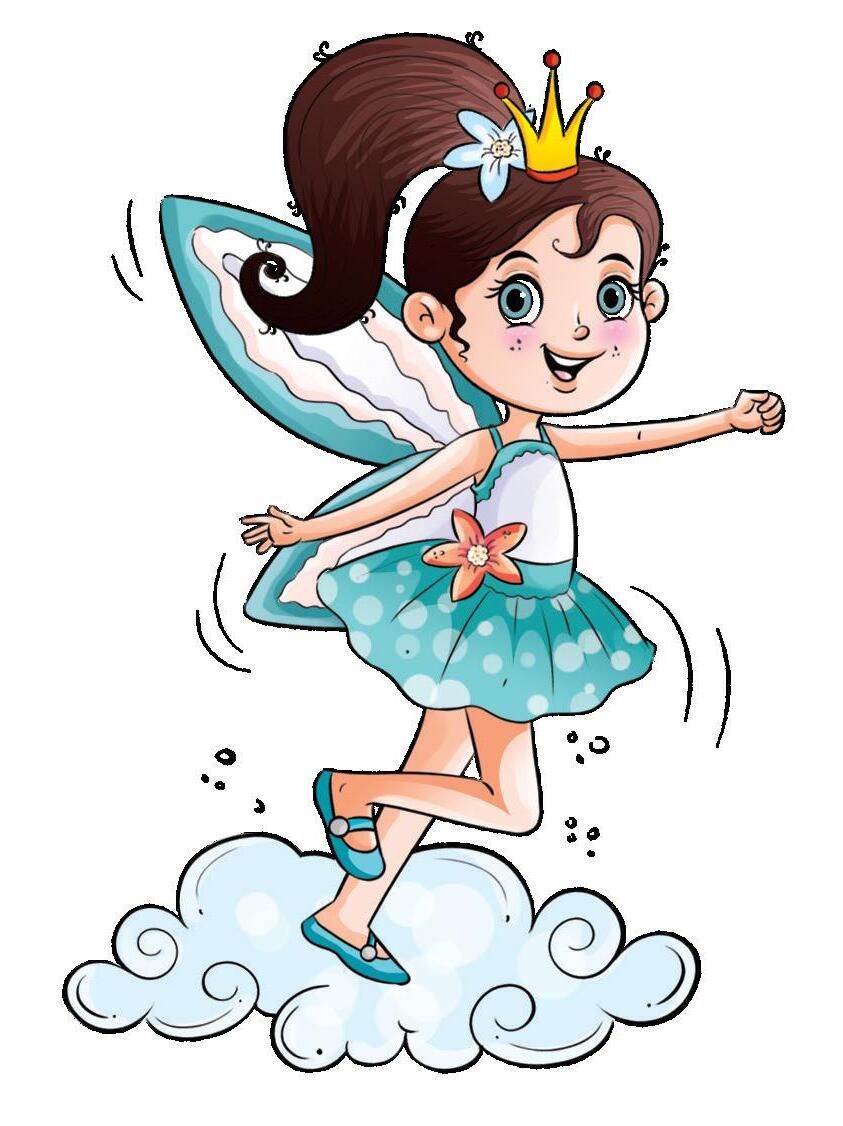

Objectives
A funny frog.

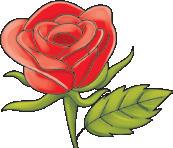
• Letter recognition • Association of the picture with the letter sound • Fine motor skills



This is capital G.

This is small g.
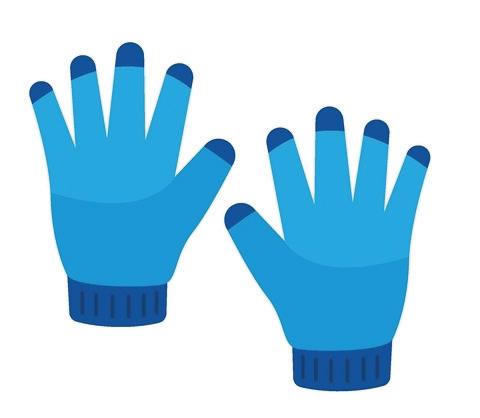

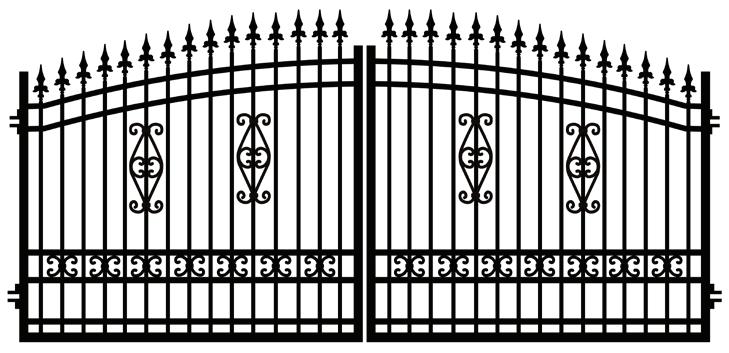
Trace the letters G and g.

Cross (x) out the pictures that begin with the /g/ sound. Say /g/-/g/-grapes.







Read after your teacher. Circle the first letter G and g.
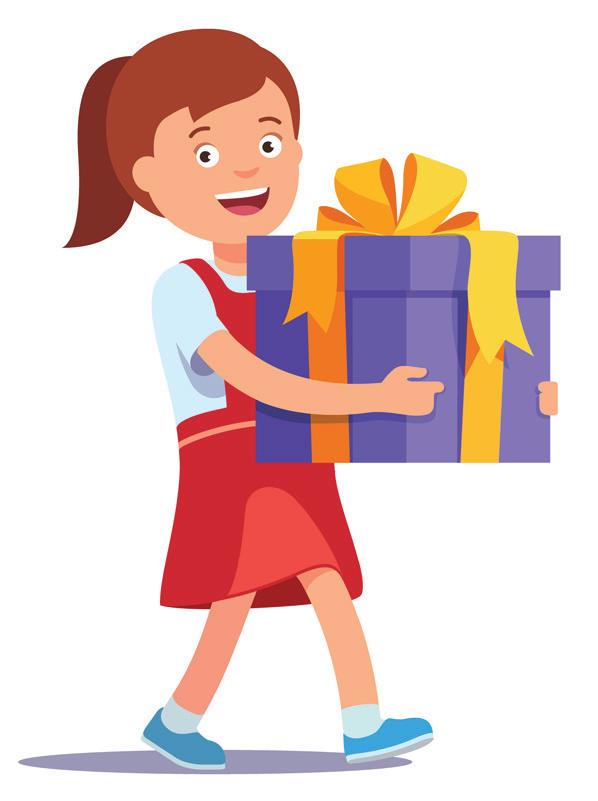

Objectives
Green grapes.

• Letter recognition • Association of the picture with the letter sound • Fine motor skills


This is capital H.



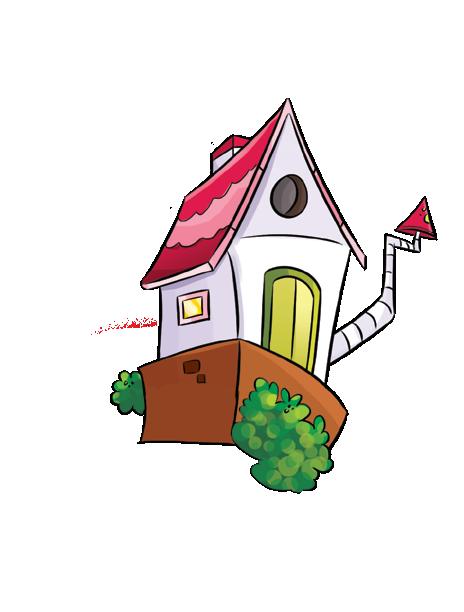
This is small h.

Trace the letters H and h.

Colour the picture that begins with the sound of the letter Hh. Say /h/-/h/-hippo.




Read after your teacher. Circle the first letter H and h.
Hira has a hat.


Objectives
A happy horse.
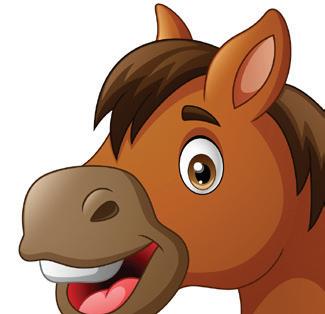
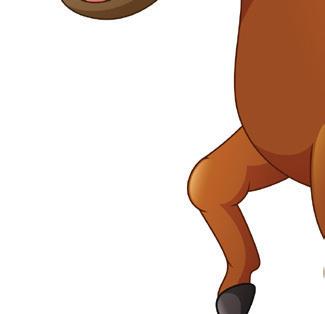


• Letter recognition • Association of the picture with the letter sound • Fine motor skills


e name of each picture. Then, paste the correct
letter stickers. (Use the sticker sheet.)
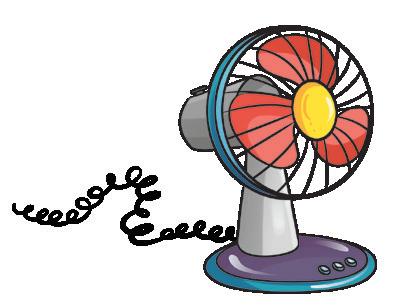

2. Match the capital letters with the small letters.
F G H g h f e

Objectives
• Matching • Fine motor skills • Association

3. Say the word. Write the first letter of each pictur

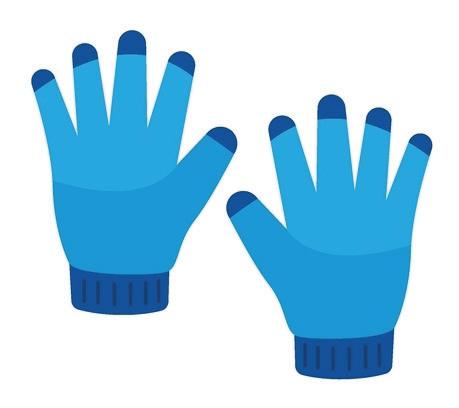




FINGERPRINT art
4. Make interesting pictures using your fingerprints.
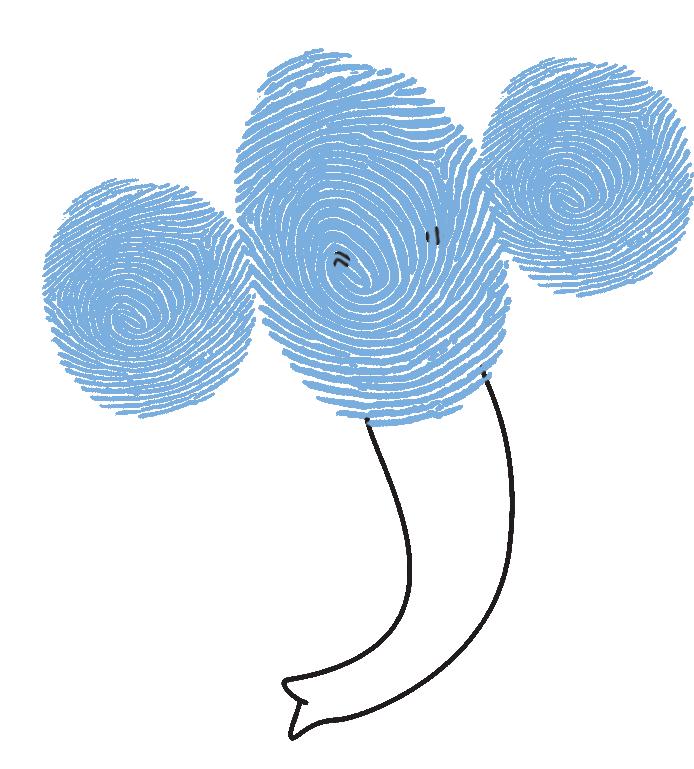


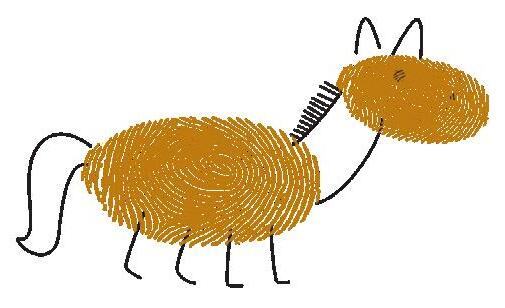


This is capital I.


This is small i.




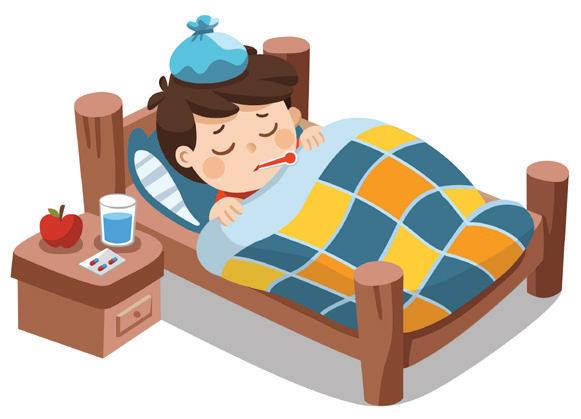
Trace the letters I and i.

Draw lines to match Iggy iguana to all the insects.
Say /i/-/i/-insect.
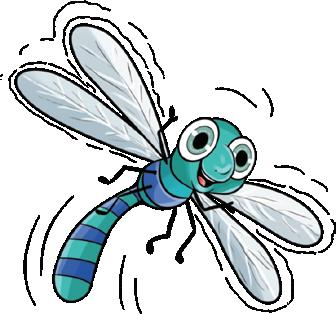
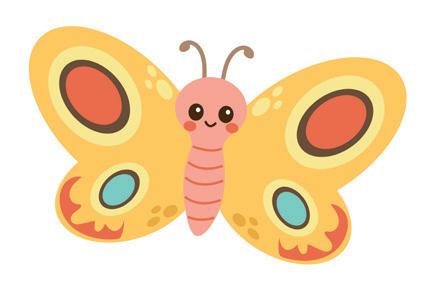





Read after your teacher. Circle the first letter I and i. Iggy iguana loves idlis. Indigo ink in an inkpot.


Objectives

• Letter recognition • Association of the picture with the letter sound • Fine motor skills


j ug
This is capital J.
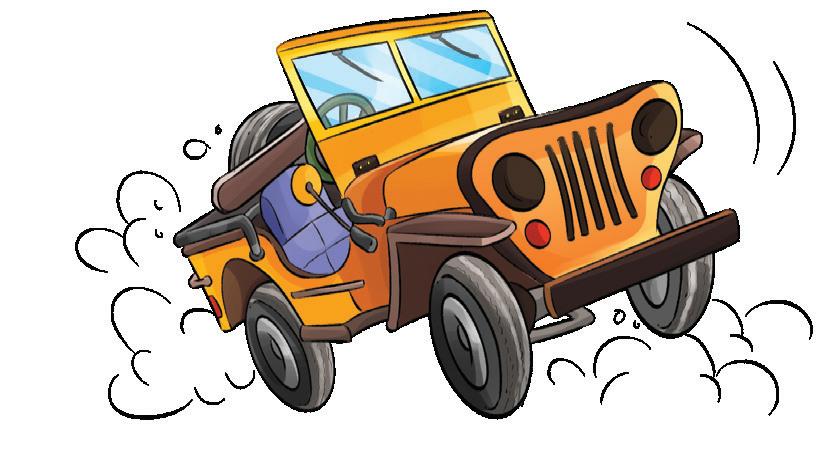
jeep
This is small j.

Trace the letters J and j.

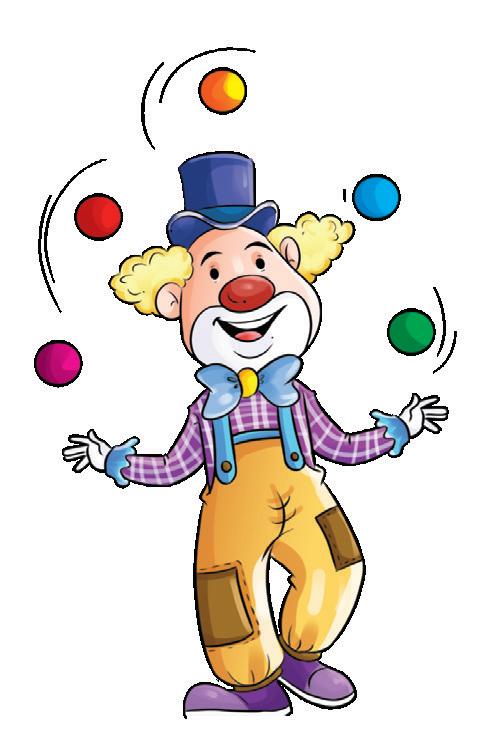
joker
j uice

acket jigsaw puzzle

Match the jigsaw puzzle pieces that go together.
Say /j/-/j/-jigsaw puzzle.

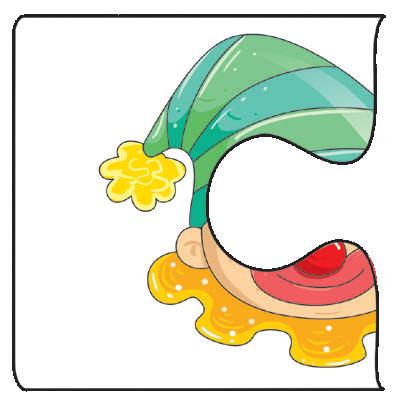
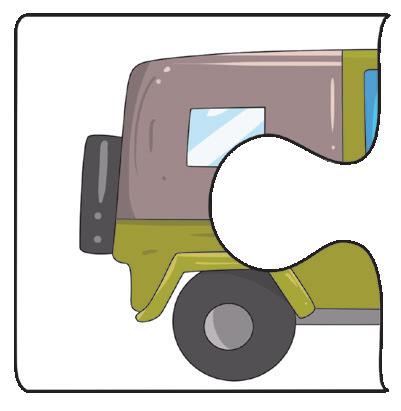



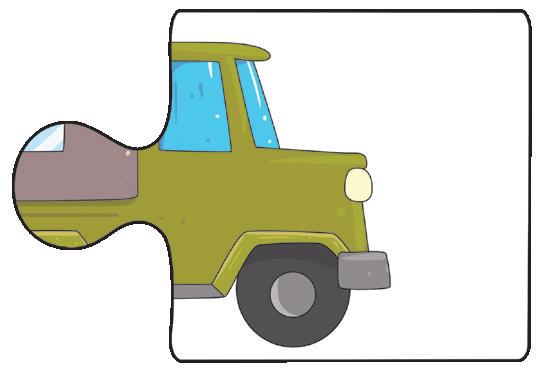

Read after your teacher. Circle the first letter J and j.
Joe wears jeans. The joker jumps and jiggles.


Objectives

• Letter recognition • Association of the picture with the letter sound • Fine motor skills
This is capital K.
Letter Kk ing kite



This is small k.
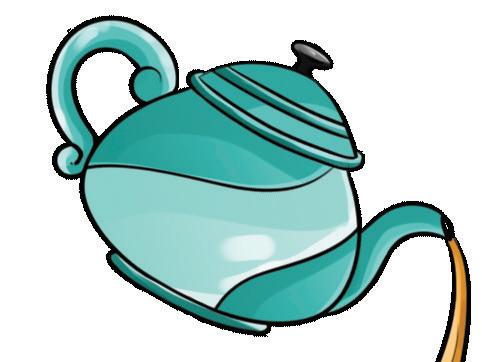
kettle
key

keyboard
Trace the letters K and k.

Colour the kites with pictures that begin with the sound of the letter Kk. Say /k/-k/-/k/-kite.








Read after your teacher. Circle the first letter K and k. Kenny kangaroo flies a kite. A kind king.



Objectives • Letter recognition • Association of the picture with the letter sound • Fine motor skills

This is small l.
This is capital L. Trace the letters L and l.
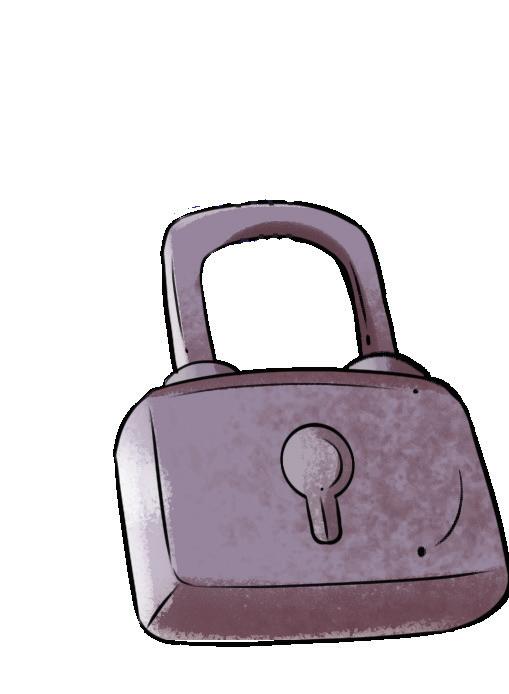


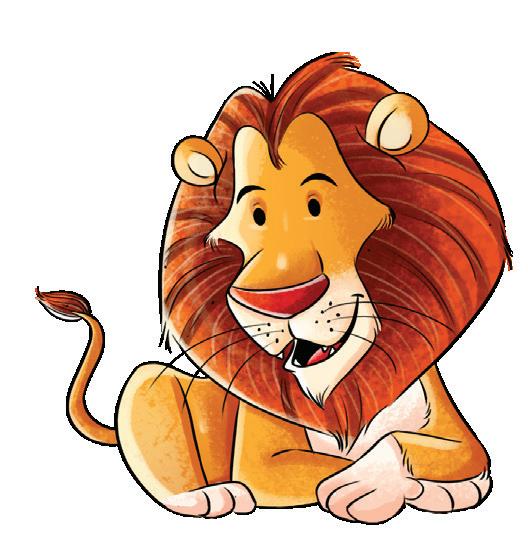

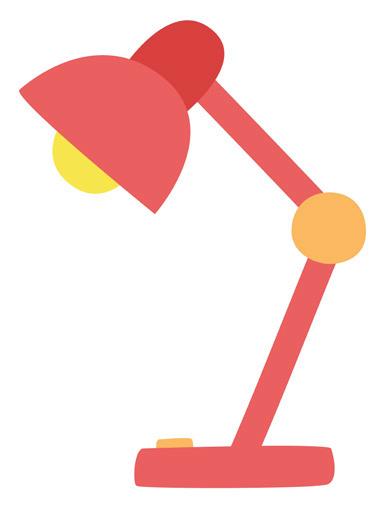

Circle the pictures that begin with the sound of th letter Ll. Say /l/-/l/-lion.








Read after your teacher. Circle the first letter L and l.
Larry the lion is lazy.


Objectives
A ladybird on a leaf.
• Letter recognition • Association of the picture with the letter sound • Fine motor skills


e name of each picture. Then, paste the correct
letter stickers. (Use the sticker sheet.)
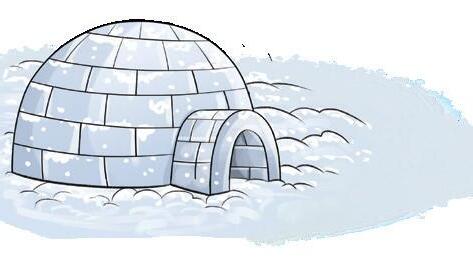


2. Match the capital letters with the small letters.
I J K L k i j l

Objectives
• Matching • Fine motor skills • Association

3. Say the word. Write the first letter of each pictur
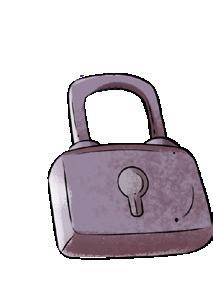
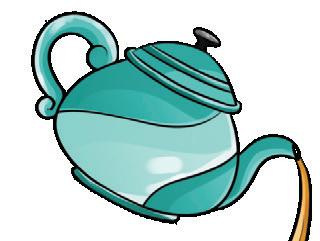




4. Make interesting pictures using your fingerprints.

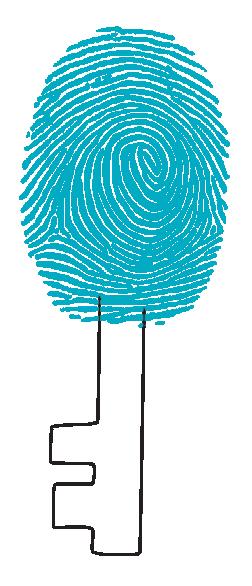







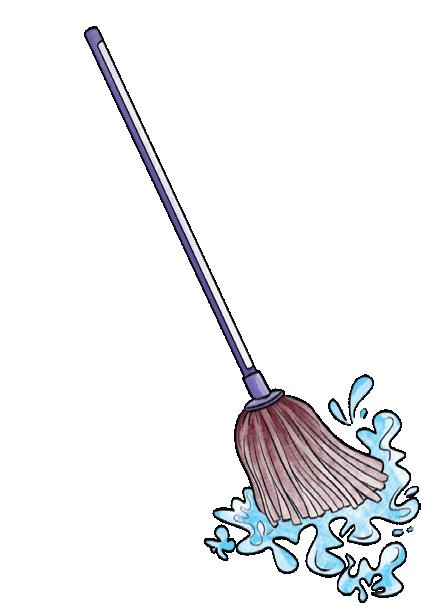

Take the monkey to the mango. Say /m/-/m/-mango.
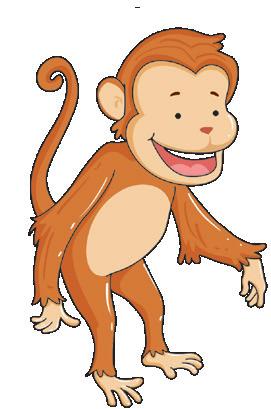




Read after your teacher. Circle the first letter M and m.
Monu monkey eats a mango.


Objectives
Mira’s magic mirror.
Letter recognition • Association of the picture with the letter sound • Fine motor skills


This is capital N.

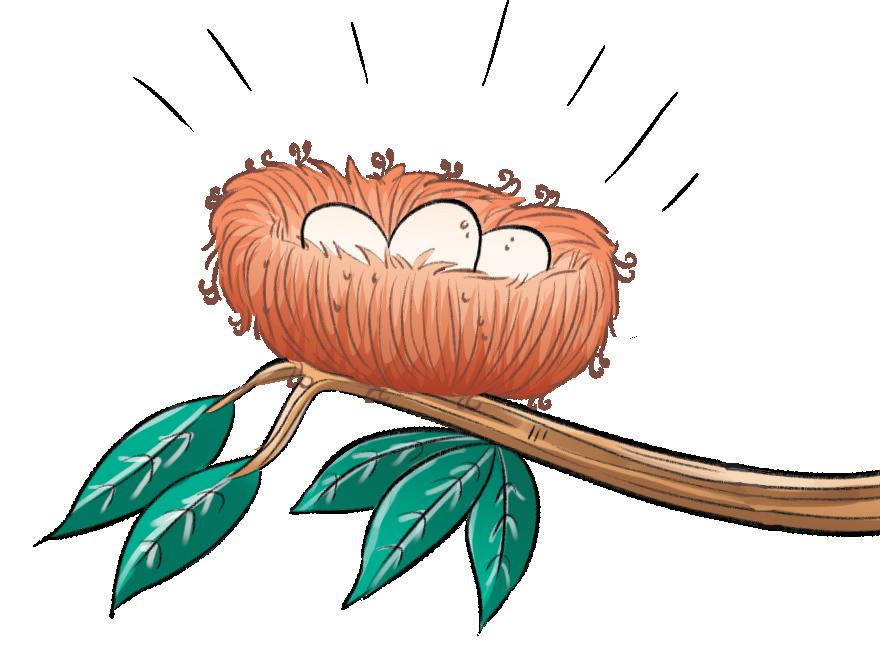

necklace
This is small n.

Trace the letters N and n.

Match the letter Nn with the pictures that begin with the /n/ sound. Say /n/-/n/-nuts.


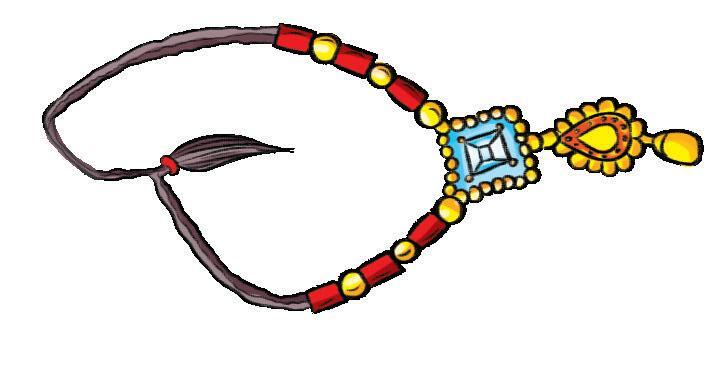
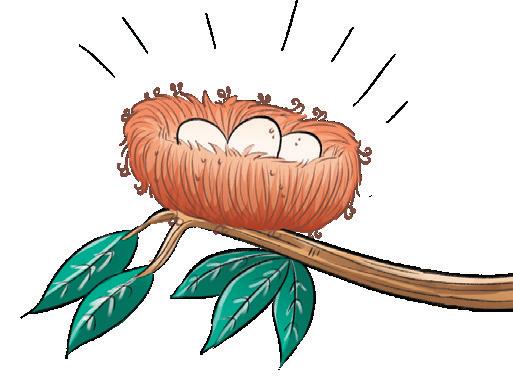



Objectives








































Read after your teacher. Circle the first letter N and n.
• Letter recognition • Association of the picture with the letter sound • Fine motor skills



This is capital O.
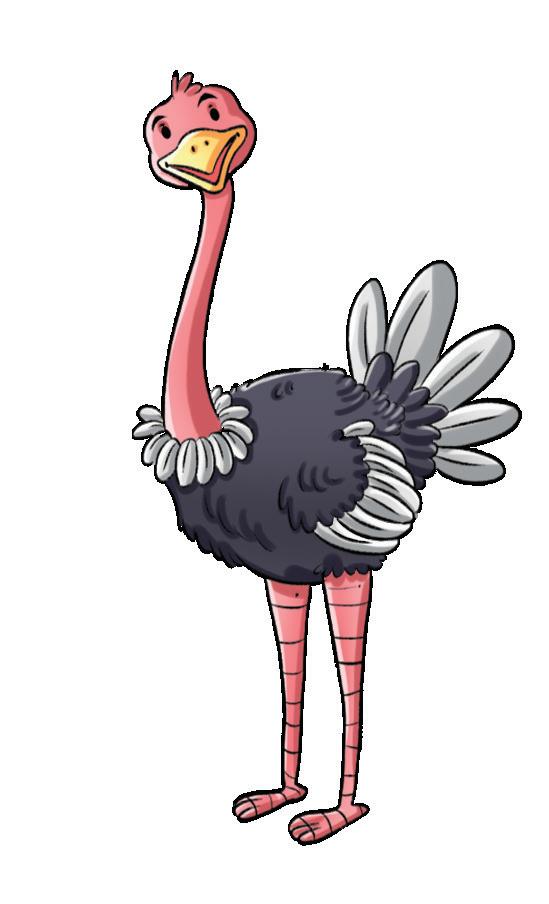


This is small o.
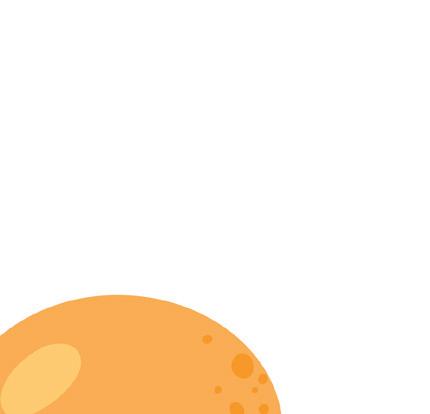
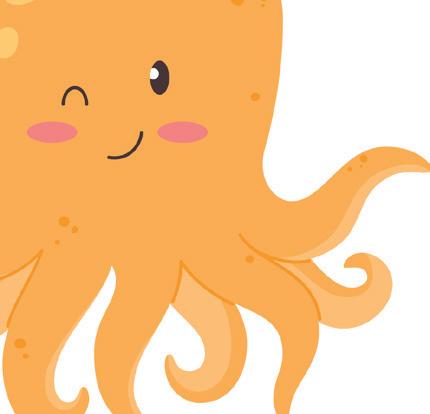





olives orange

Trace the letters O and o.

Circle the pictures that start with the /o/ sound.
Say /o/-/o/-orange.



Read after your teacher. Circle the first letter O and o.
Oranges in the orchard. Olly octopus is in th
e ocean.



















































































































Objectives

































































































• Letter recognition • Association of the picture with the letter sound • Fine motor skills



Hina and Raju go to the park. They see bright flowers. They see tall trees.
They see bees and butterflies on the flowers (buzz,buzz!).
A caterpillar on a leaf. (munch,munch!)


They see a duck in a pond. (quack, quack!)
A frog near the pond. (croak,croak!)


Amma calls. RAJU!
HINA!
Raju and Hina run to their house.



They see a squirrel eating nuts. (chomp, chomp!) A parrot on the tree (squawk, squawk!)

It is evening. Time for all the birds, animals and plants to sleep. (zzz, zzz!)


peacock
This is capital P.

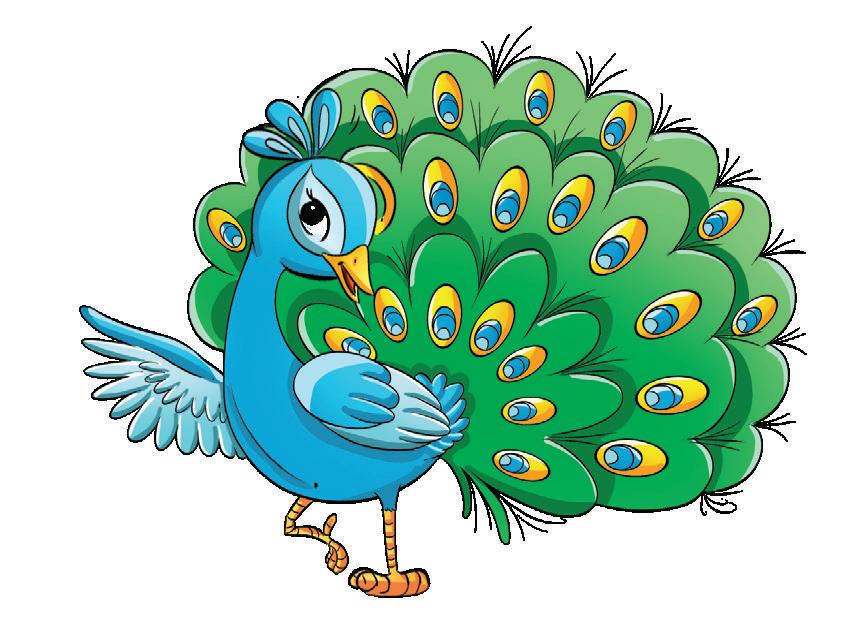
pencil pan

pineapple
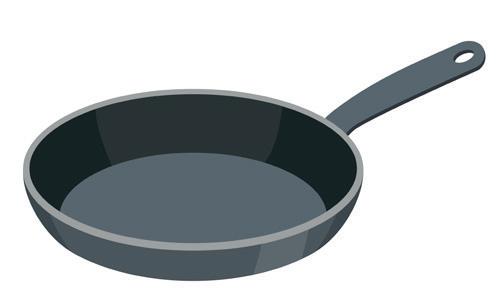
This is small p.

pen

peg
Trace the letters P and p.

Circle the birds whose names begin with the sound of the letter Pp. Say /p/-/p/-peacock.


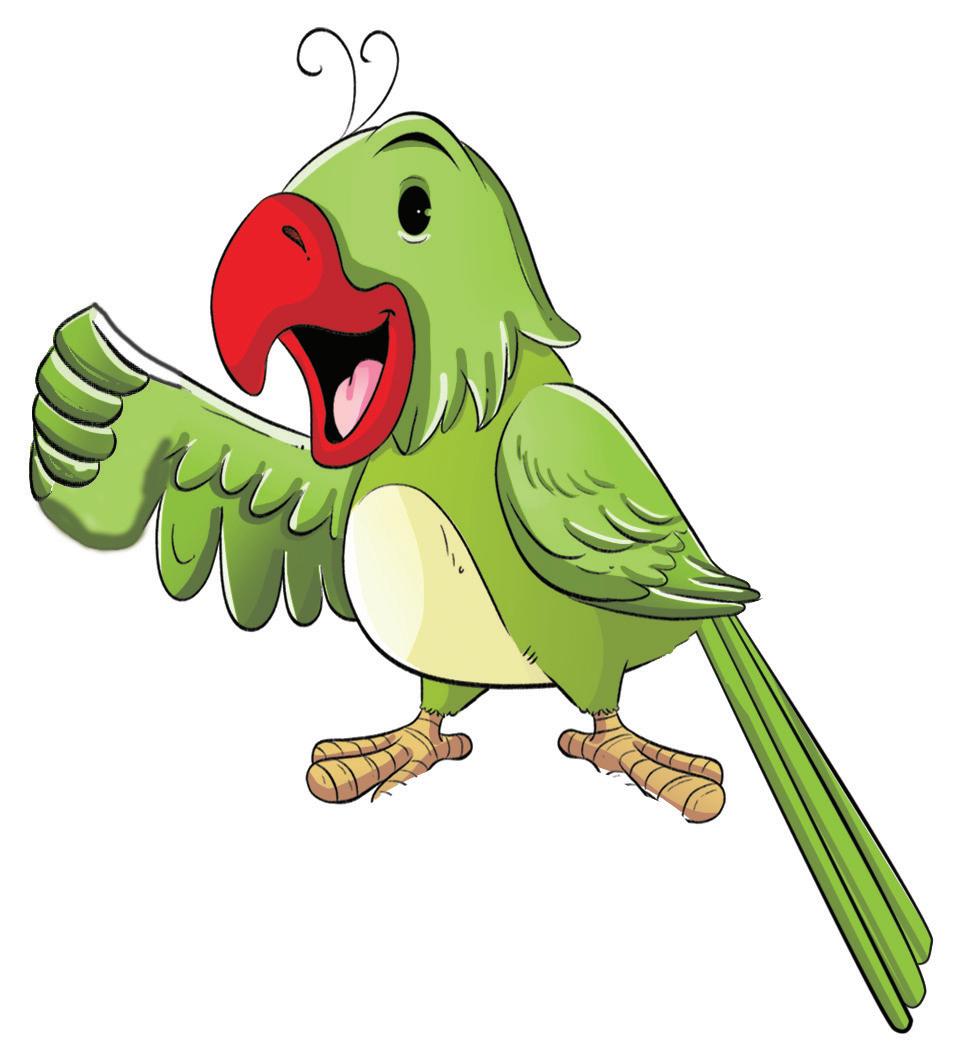




Read after your teacher. Circle the first letter P and p.
A pretty peacock.


Objectives
Peas in a pod.
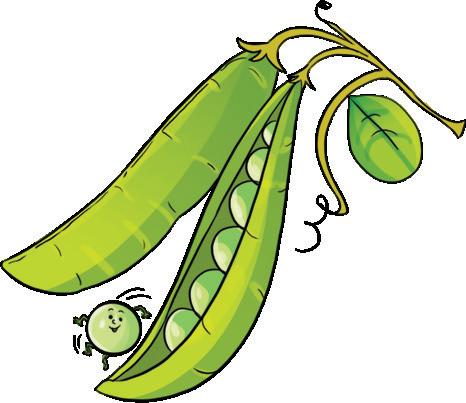
• Letter recognition • Association of the picture with the letter sound • Fine motor skills


name of each picture. Then, paste the correct
letter stickers. (Use the stickers sheet.)

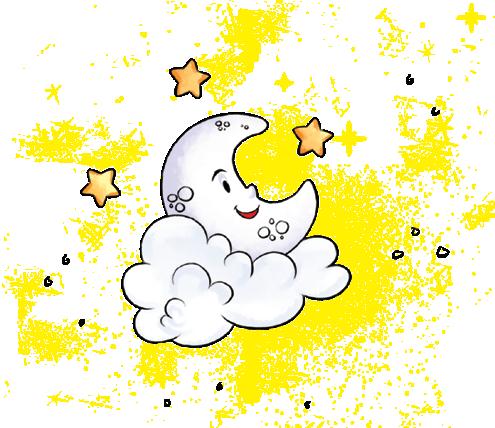




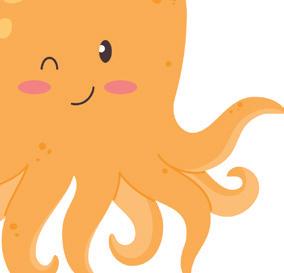




2. Match the capital letters with th small le rs.
M p N m O P

Objectives
• Matching • Fine motor skills • Association

3. Say the word. Write the first letter of each picture.





4. Make pictures using your fingerprints.






This is capital Q.
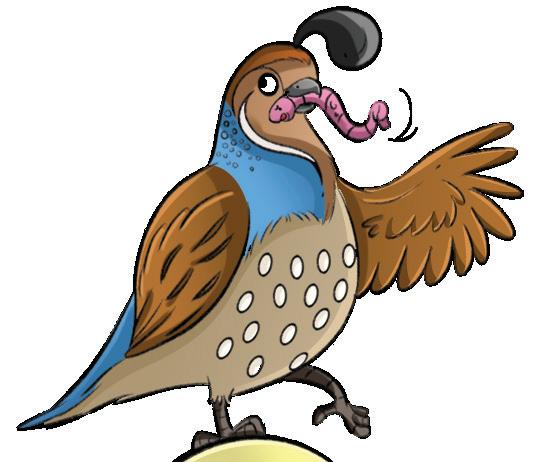
This is small q.

Trace the letters Q and q.


queen question mark


Colour the boxes with pictures that begin with th
letter Qq. Say /kw/-/kw/-queen.






Read after your teacher. Circle the first letter Q and q.
A Queen’s quilt.


Objectives
A few quick questions.

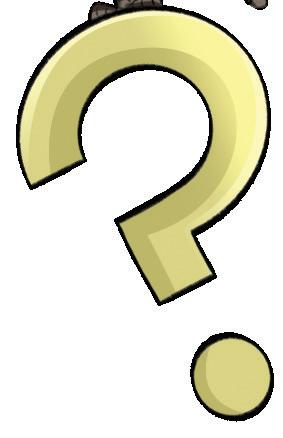

• Letter recognition • Association of the picture with the letter sound • Fine motor skills


This is capital R.
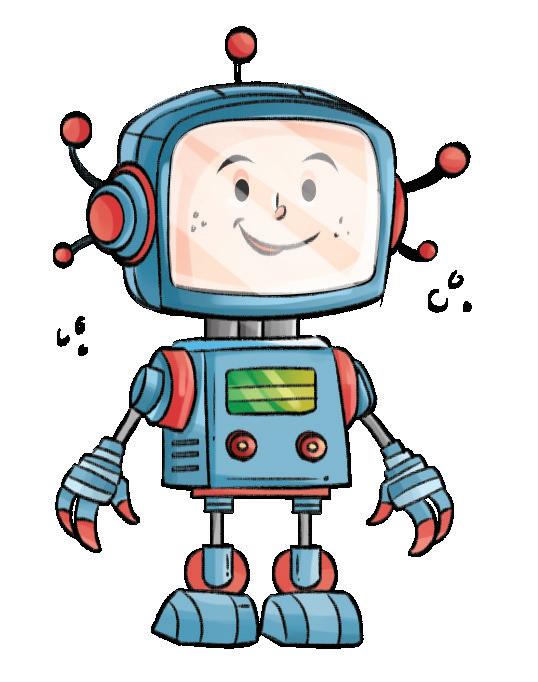

This is small r.
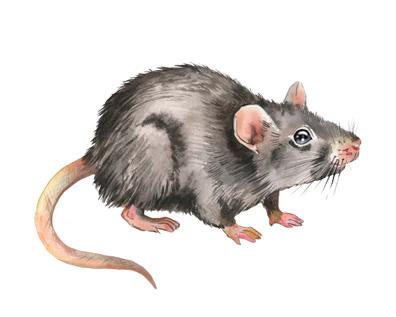


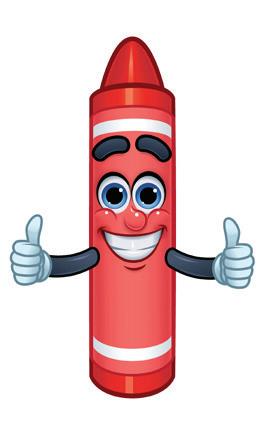
Trace the letters R and r.

Follow the steps and draw a robot. Colour it. Say /r/-/r/-robot.
Step 1

Step 2

Step 3
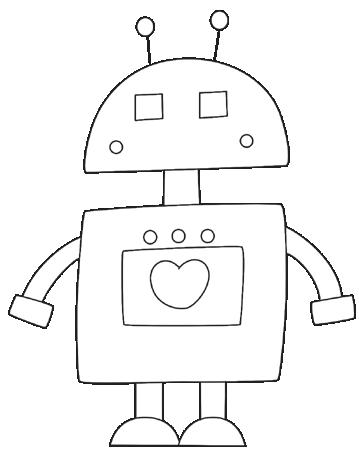


Read after your teacher. Circle the first letter R and r. A red ribbon. Raindrops on roses.



Objectives • Letter recognition • Association of the picture with the letter sound


This is capital S.

This is small s.

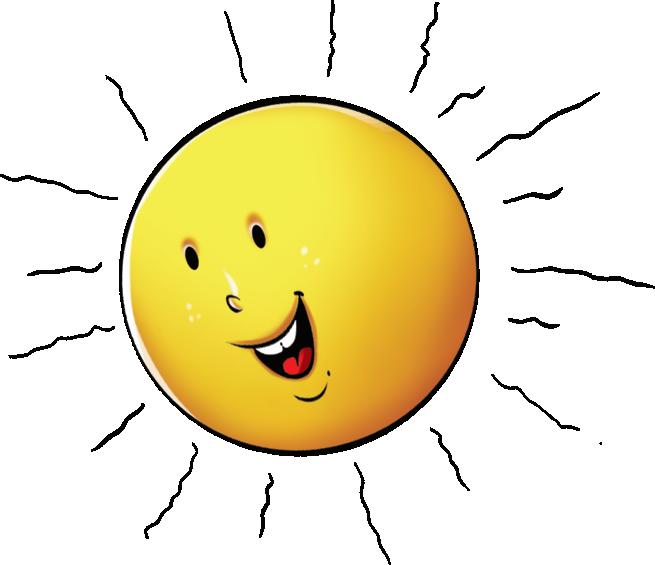



Trace the letters S and s.

Circle the pictures that begin with the sound of letter Ss. Say /s/-/s/-sun.



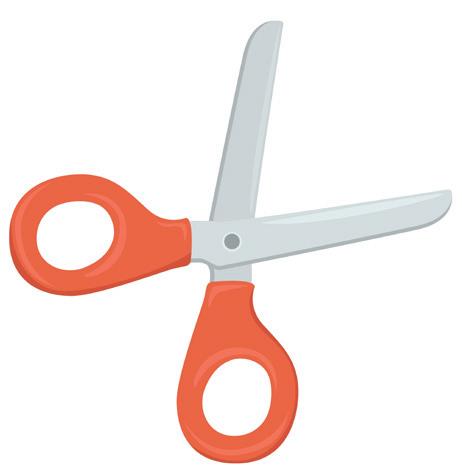

Read after your teacher. Circle the first letters S and s. Snip! Snip! Scissors! Sunny is sad.


Objectives
• Letter recognition • Association of the picture with the letter sound • Fine motor skills
















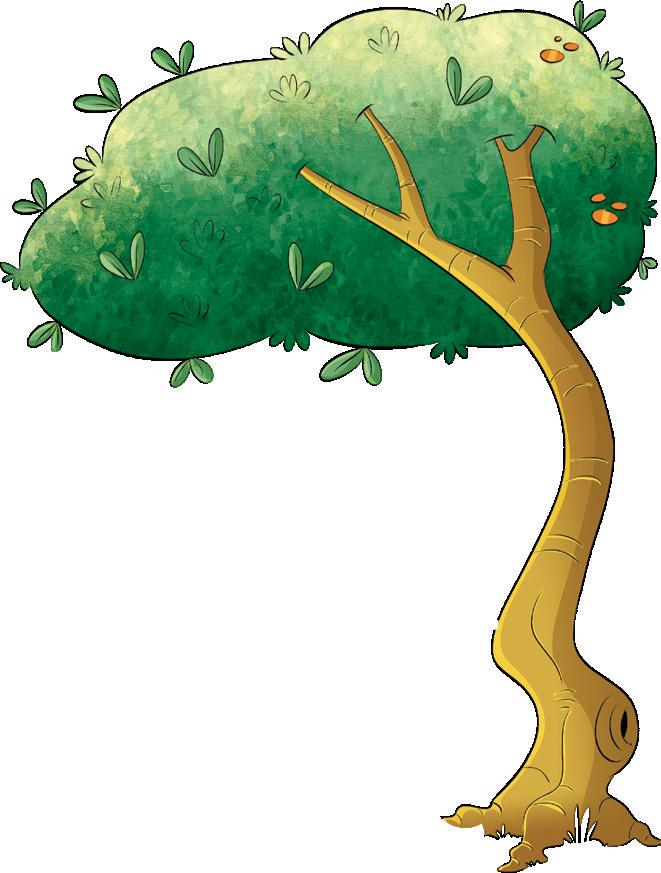

Circle the pictures that start with the sound of th letter Tt. Say /t/-/t/-top.
















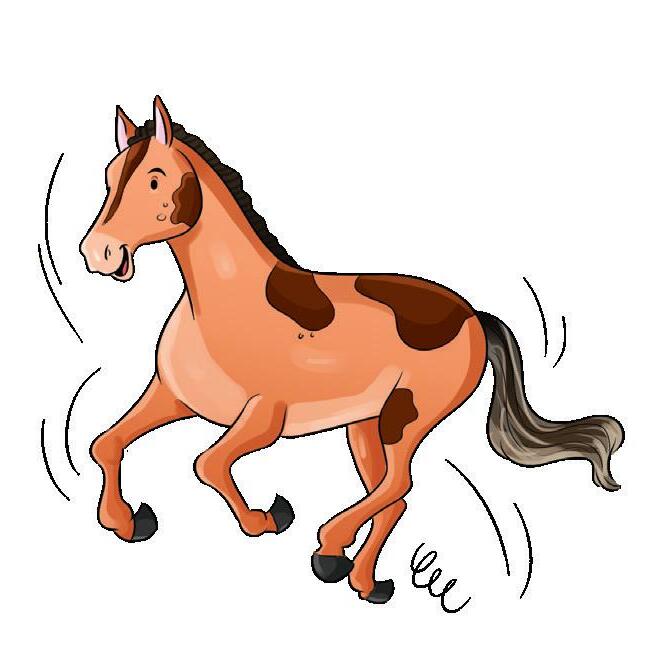
Read after your teacher. Circle the first letter T and t.
Tammy Tiger loves his
tail.
Ten tall trees.

Objectives
• Letter recognition • Association of the picture with the letter sound • Fine motor skills


e name of each picture. Then, paste the correct
letter stickers. (Use the stickers sheet.)















2. Match the capital letters with the small letters.
S T

Objectives
• Matching • Fine motor skills • Association

3. Say the word. Write the first letter of each pictur



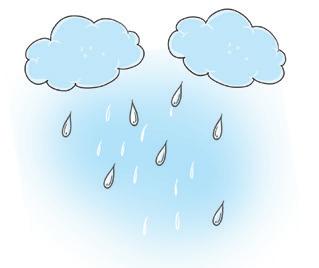
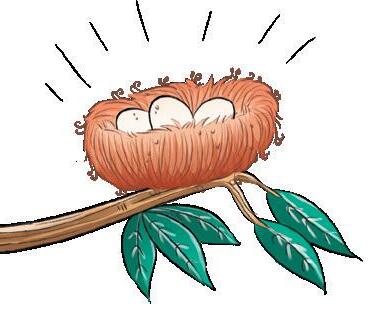

4. Make pictures using your fingerprints.

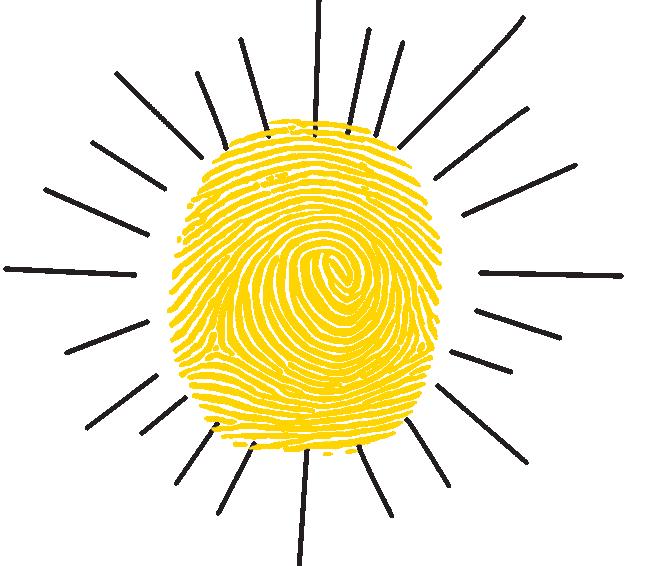





This is capital U.
uncle 1

umbrella

This is small u.

umpire



Trace the letters U and u. under

Draw a ball up on the stairs. Draw a boy under the umbrella. Say /u/-/u/-up.









Read after your teacher. Circle the first letters U and u.
An upside-down umbrella.
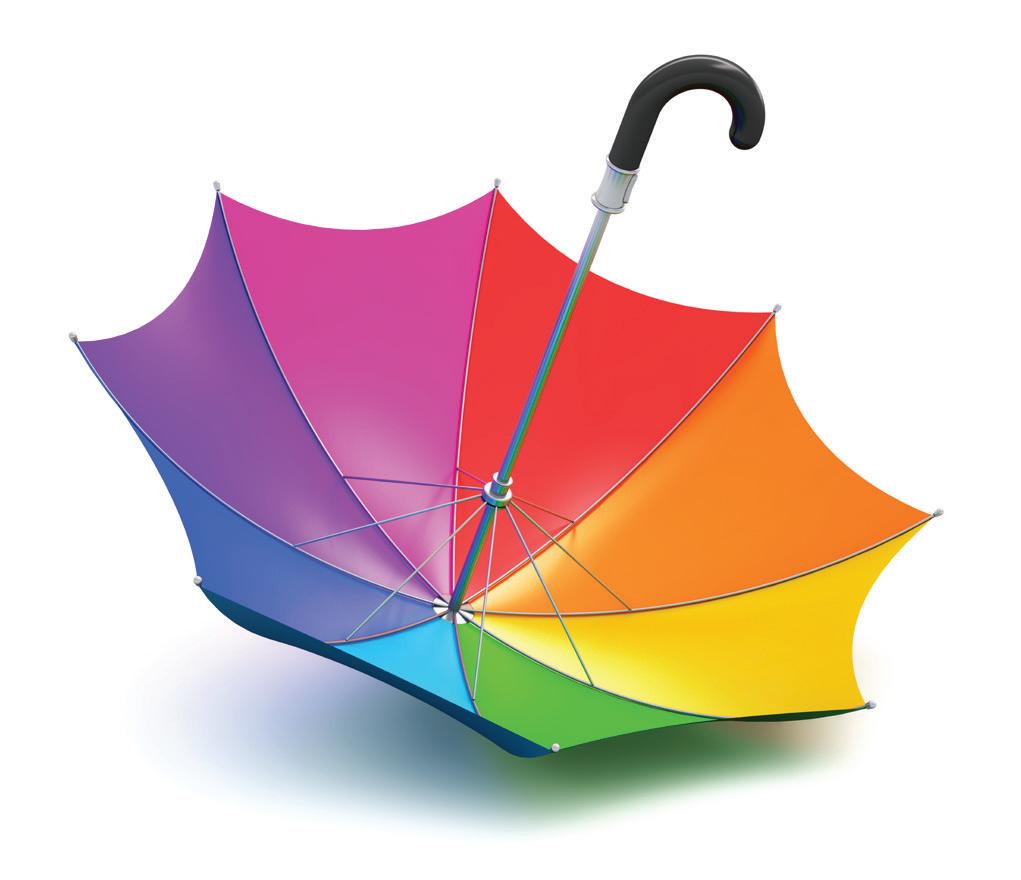

Objectives
Uncle is unhappy.
• Letter recognition • Association of the picture with the letter sound • Fine motor skills
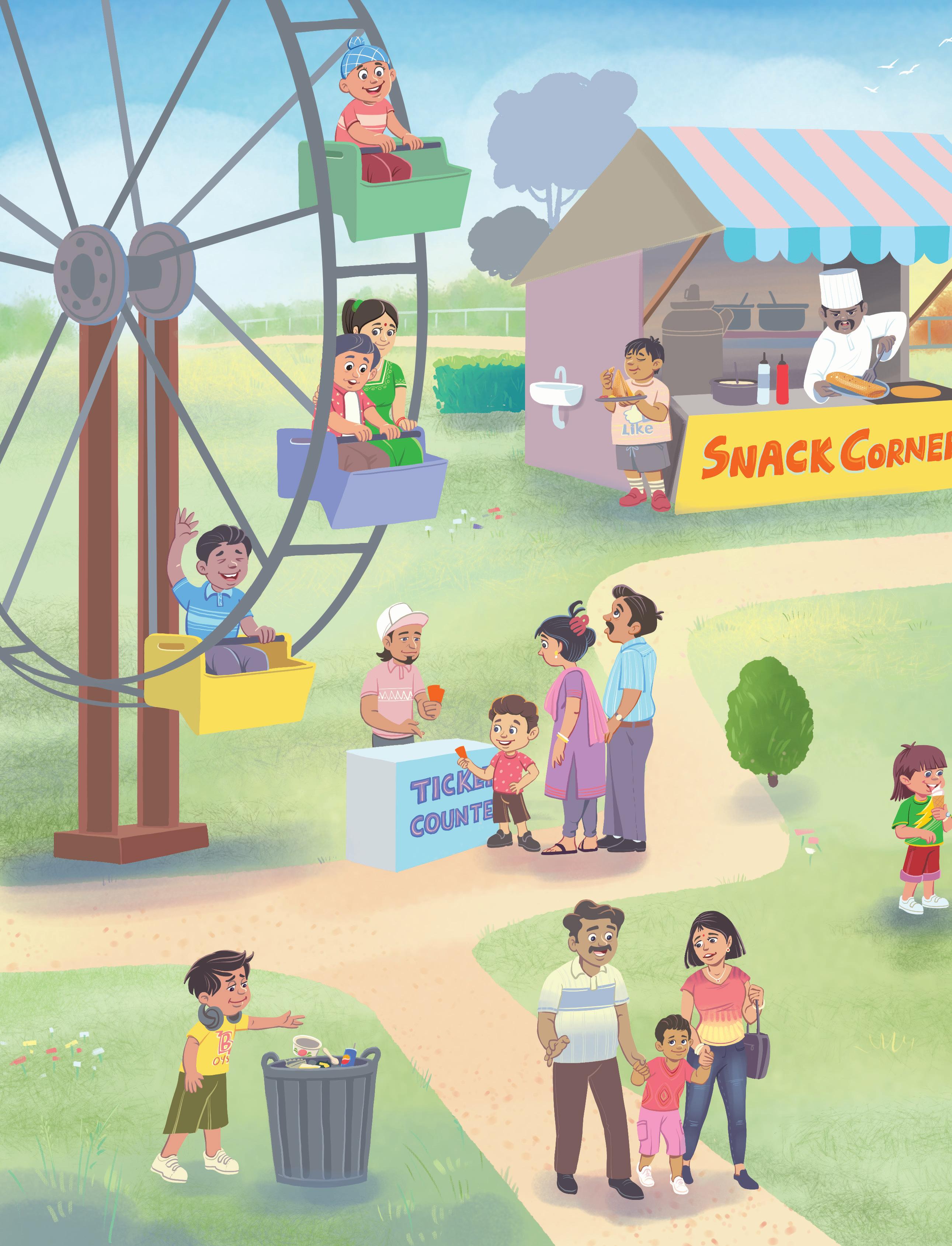

Explore the fair scene with the children. Ask questions like: “What do you see at the fair?” “What is the girl buying?” and “What do you think is happening at the ticket counter?” Encourage them to describe actions like “buying,” “selling,” and “riding.” Invite them to share their favourite fair experiences and discuss the various attractions, enhancing their vocabulary about fun activities and community events.

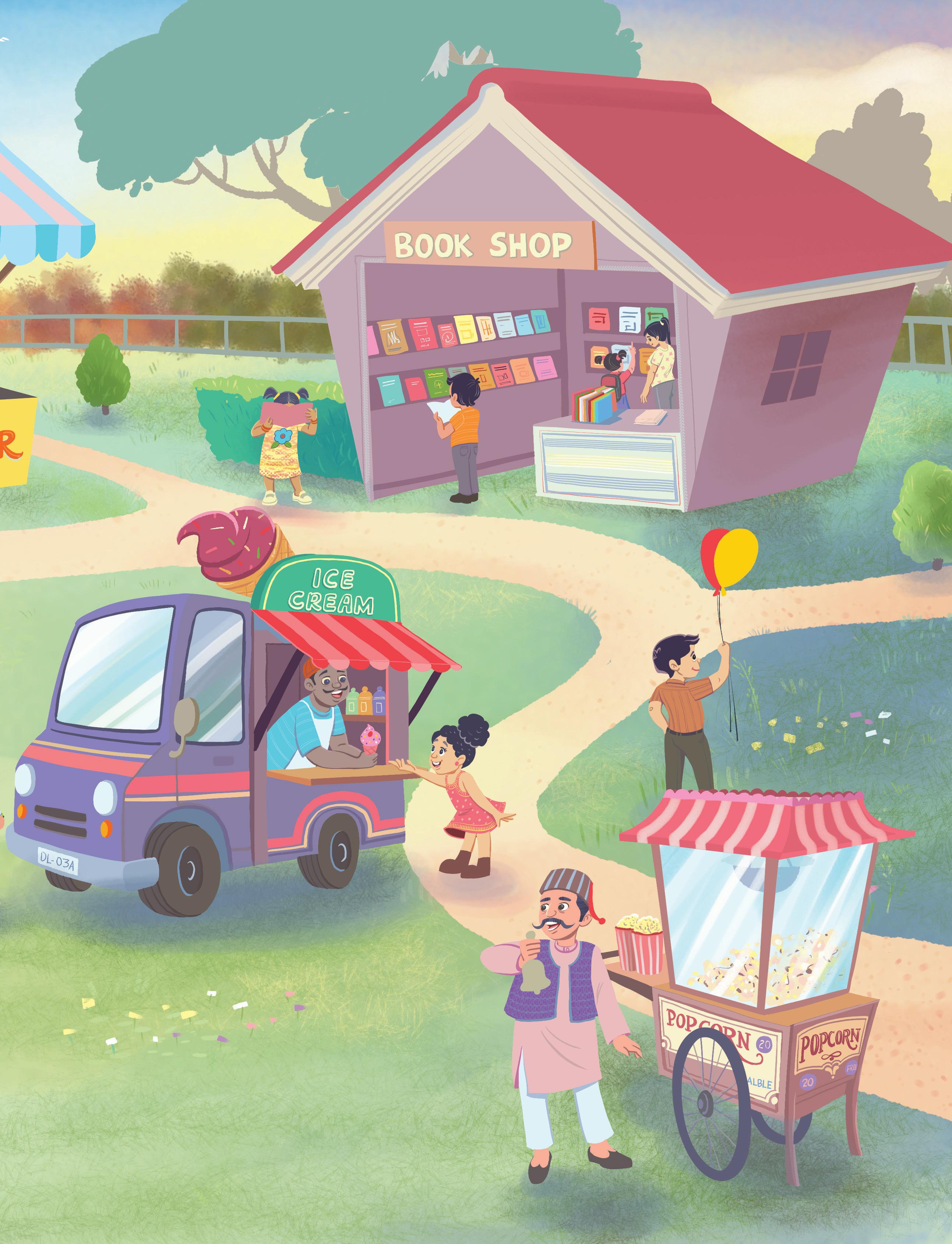

Objectives
• Vocabulary and language development • Stimulate conversation
• Observation • Cultural awareness


This is capital V.
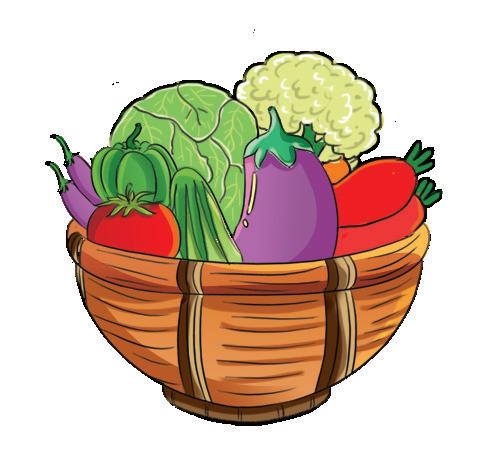


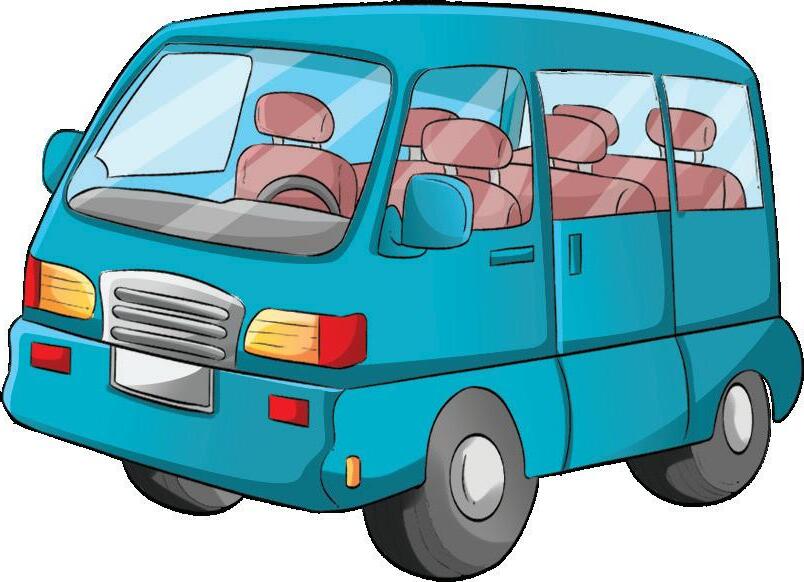
VThis is small v.
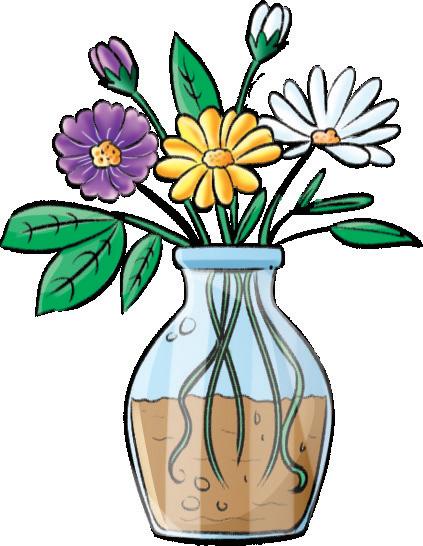
Trace the letters V and v.

Take the vegetables to the vegetable basket.
Say /v/-/v/-/v/-vegetables.
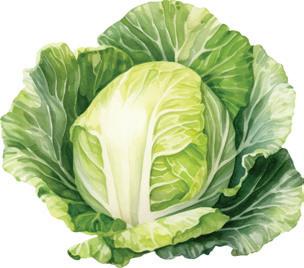
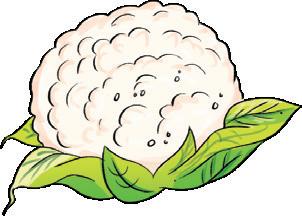


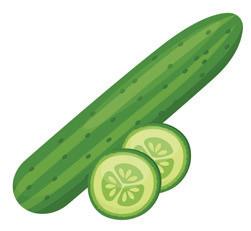


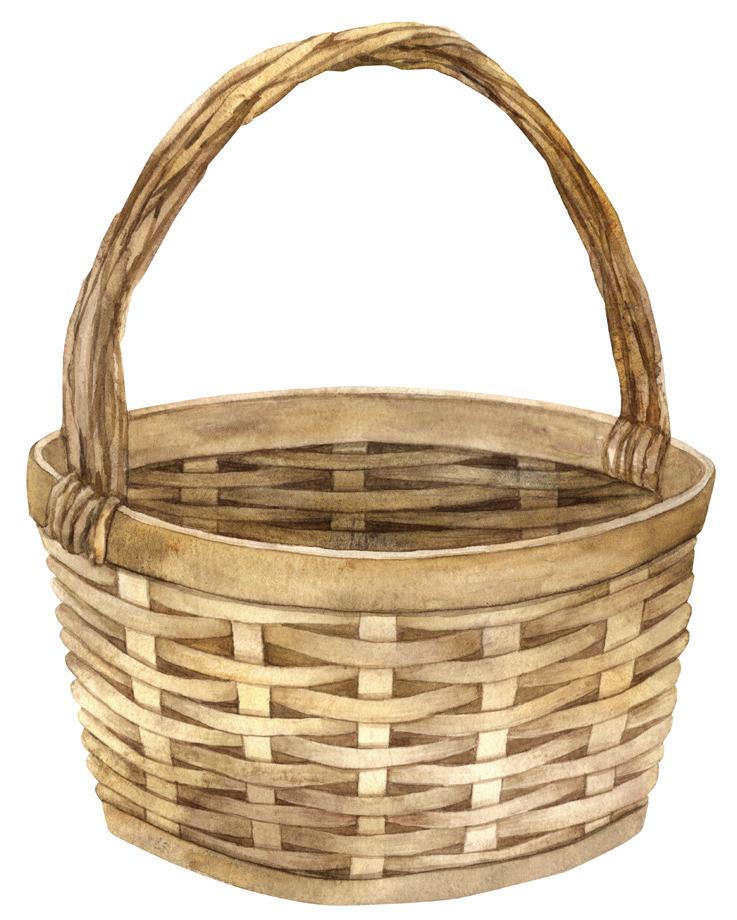
Read after your teacher. Circle the first letter V and v.
V


Objectives
Very tasty vegetables.

• Letter recognition • Association of the picture with the letter sound • Fine motor skills


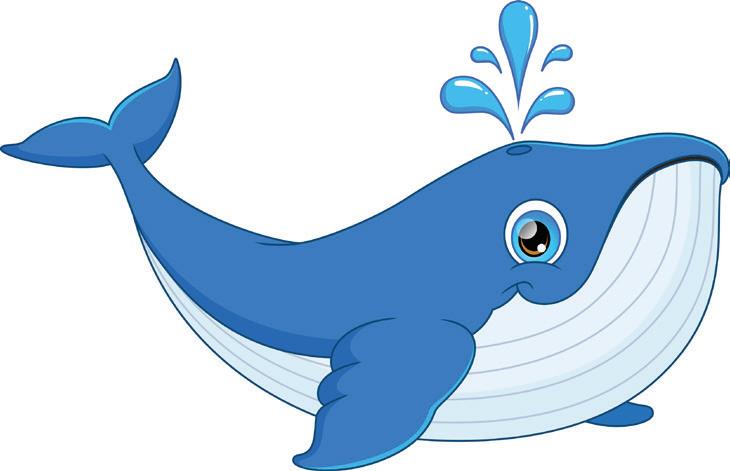
This is capital W.

watermelon wall

This is small w.
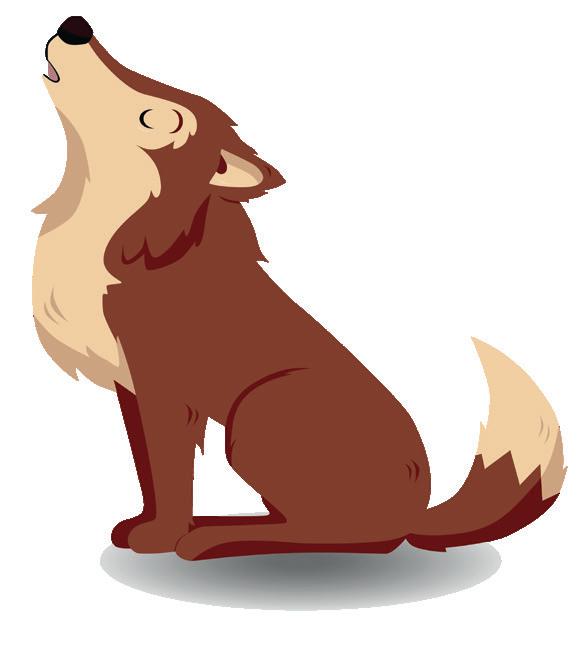
Trace the letters W and w.

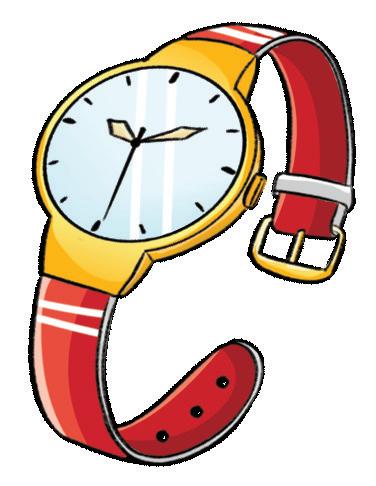

Count the windows in the house. How many did you find? Say /w/-/w/-window.
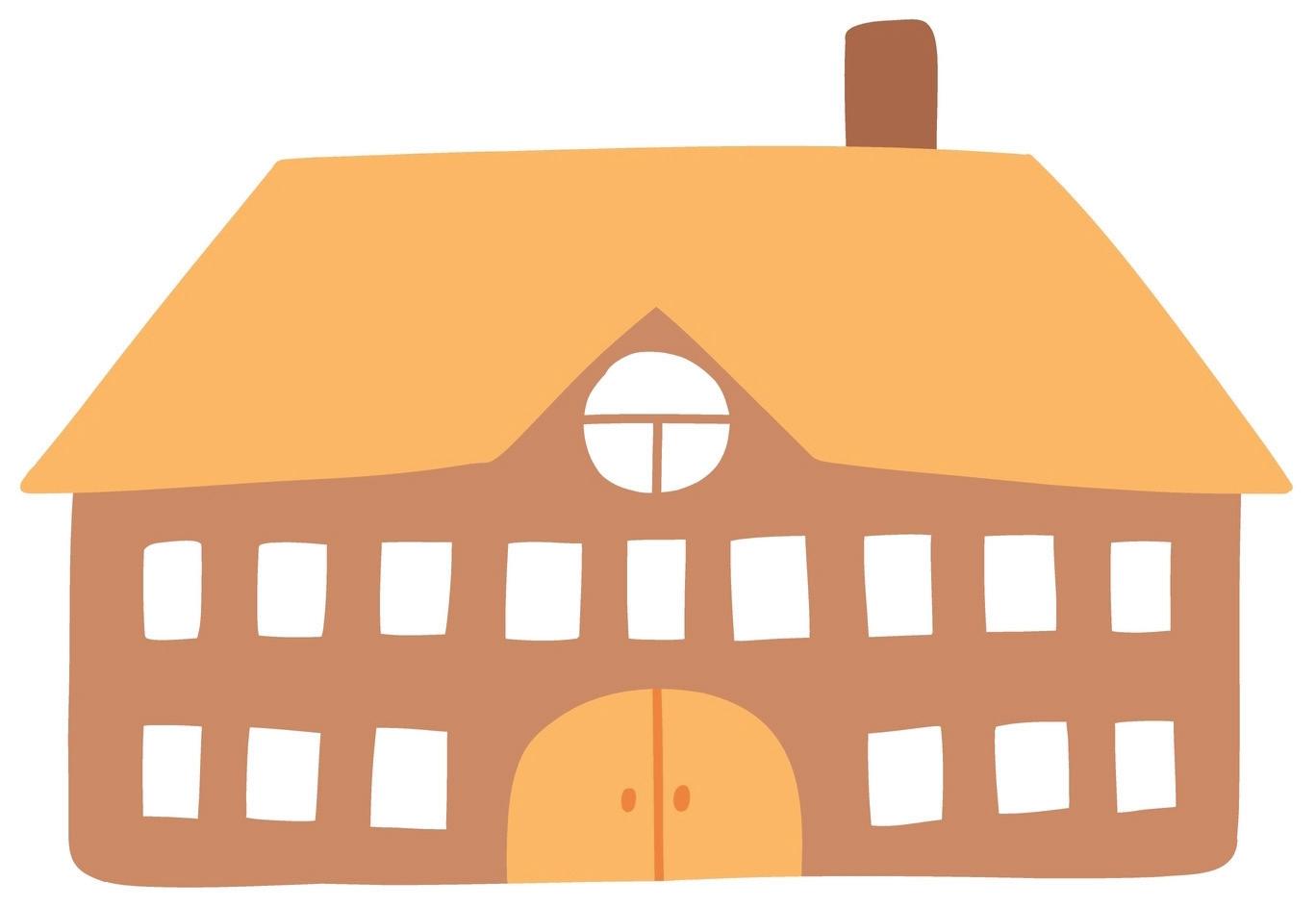


Read after your teacher. Circle the first letter W and w. A wise whale.


Objectives
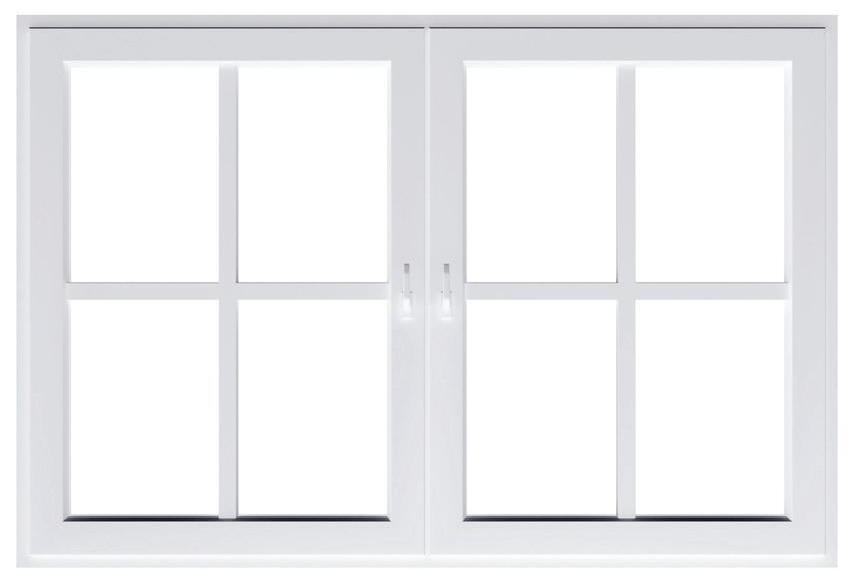
• Letter recognition • Association of the picture with the letter sound • Fine motor skills







Circle the pictures that have the sound of /ks/. Say /ks/-/ks/-box.






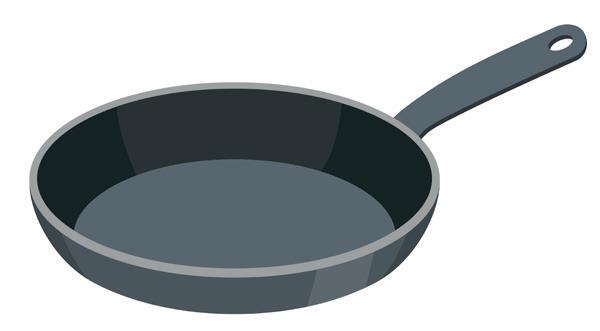

Read after your teacher. Circle the letter X and x. Six empt boxes. Fenn fox in a box.


Objectives






• Letter recognition • Association of the picture with the letter sound • Fine motor skills


name of each picture. Then, paste the correct
letter stickers. (Use the stickers sheet.)




2. Match the capital letters with the small letters.
U V W X u v w x

Objectives
• Matching • Fine motor skills • Association







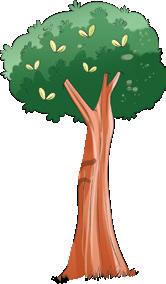

4. Make pictures using your fingerprints.
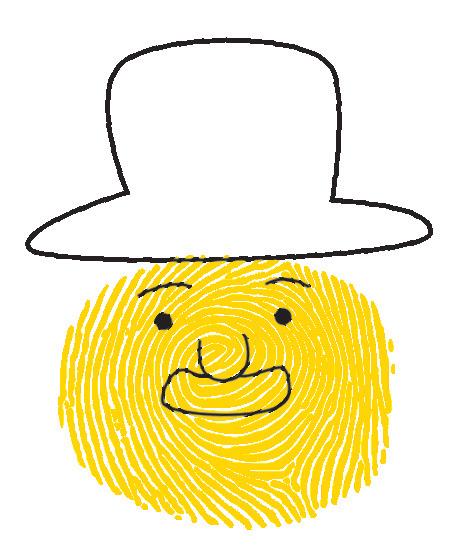


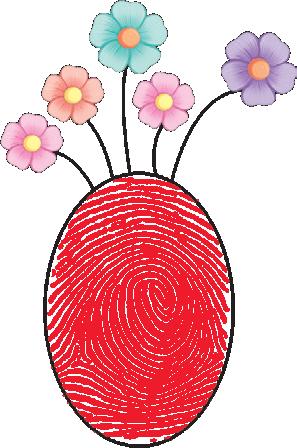








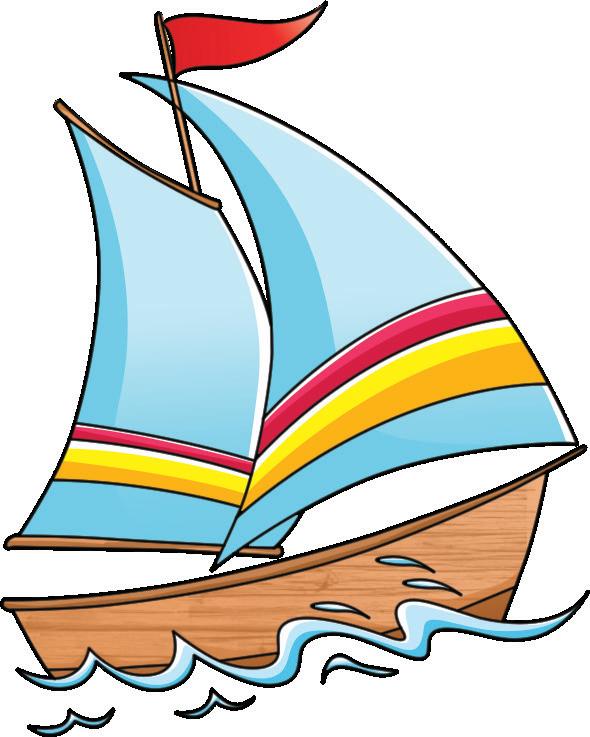

Colour the boxes with pictures that begin with th sound of the letter Y . Say / /-/ /- oga.
















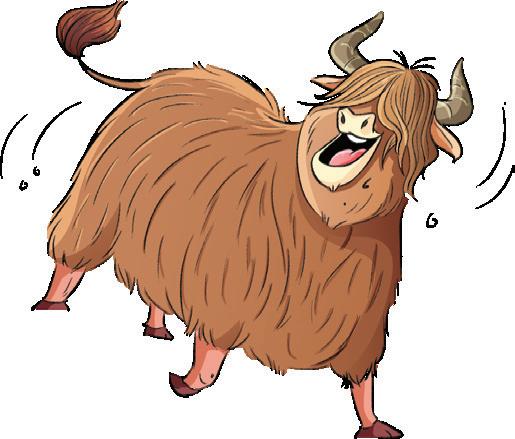
Read after your teacher. Circle the first letter Y and .
Yani is on her oga mat.


Objectives
awning ak.

• Letter recognition • Association of the picture with the letter sound • Fine motor skills


This is small z.
This is capital Z. Trace the letters Z and z.
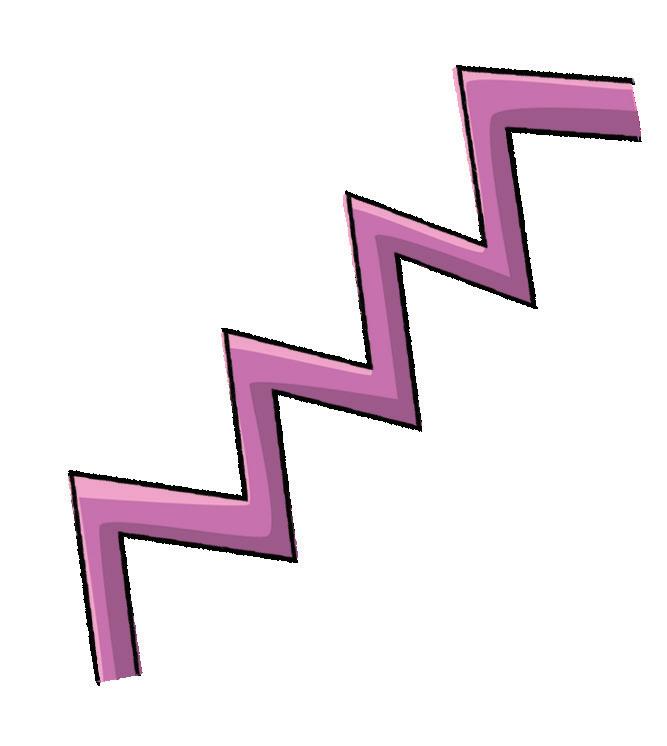

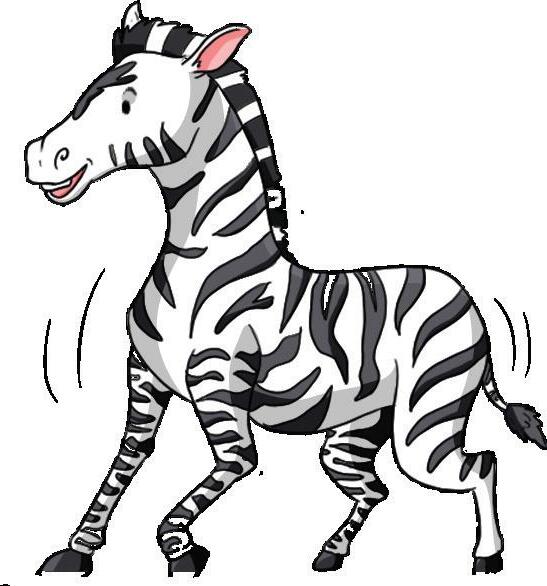
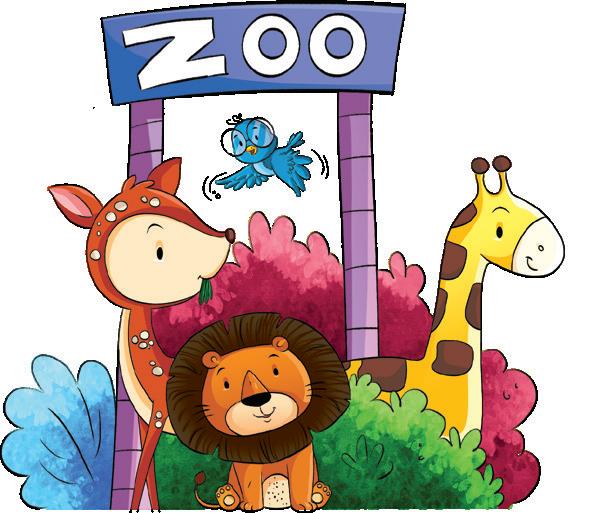


Circle the pictures that begin with the sound of th letter Zz. Say /z/-/z/-zip.







Read after your teacher. Circle the first letter Z and z.
Zebra in a zoo. Zion walks zigzag.


Objectives

• Letter recognition • Association of the picture with the letter sound • Fine motor skills


e name of each picture. Then, paste the correct
letter stickers. (Use the stickers sheet.)


2. Match the capital letters with the small letters.
W B Y Z w z b

Objectives
• Matching • Fine motor skills • Association

3. Say the word. Write the first letter of each pictur
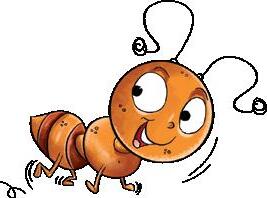




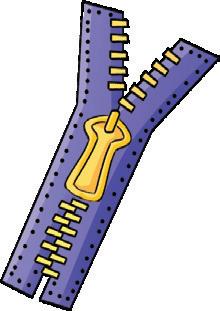

4. Make pictures using your fingerprints.


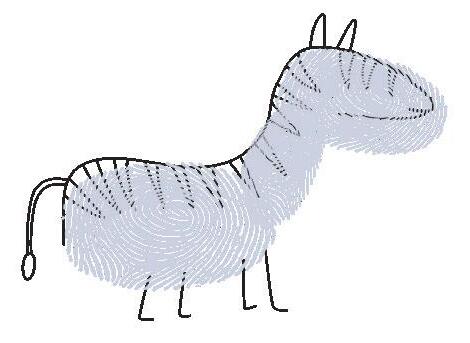


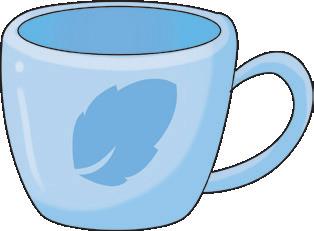




pictures with their beginning letters. r g i k a n p c l

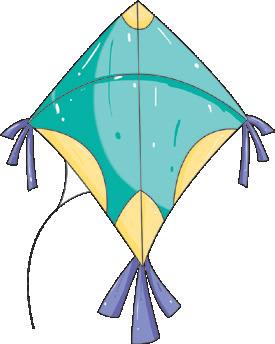


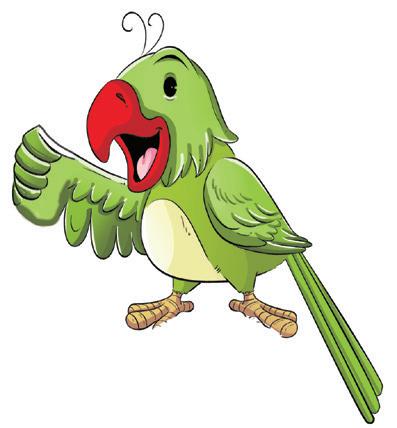

Objectives
• Matching • Fine motor skills • Association

Say the name of these animals. Write the first letters.
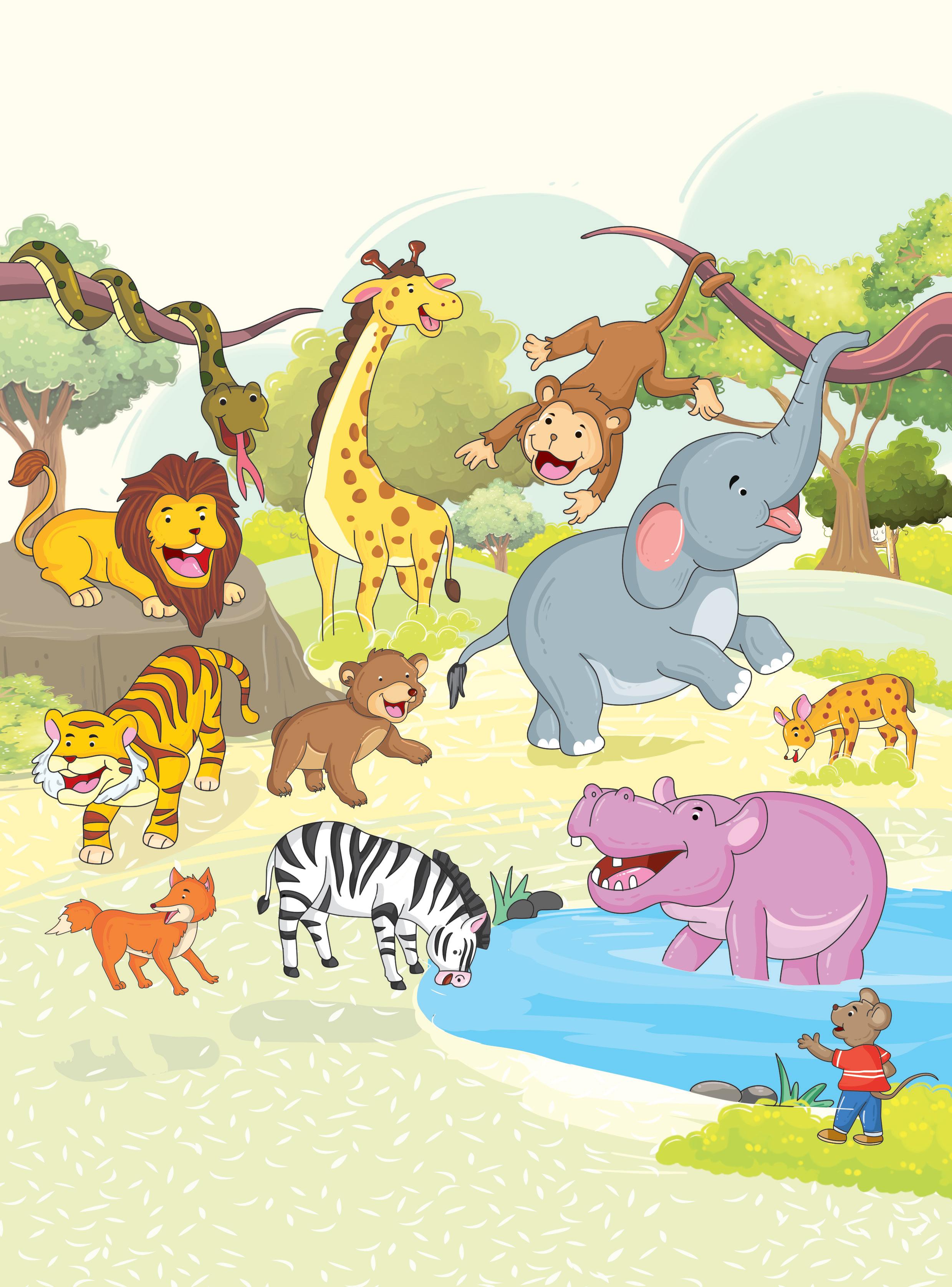

Objectives
• Matching • Fine motor skills • Association

etters from a to z and complete the picture.



• Letter recognition • Fine motor skills a b c d e f g h i j k l m n o p q r s t u v w x
Objectives

J K M

P T Z V W a g p r t k l w z

alphabet is a set of 26 letters.
a, e, i, o and u are vowels. These are special letters. All other 21 letters are called consonants.
Read the vowels and say their sounds.
a i o u
Circle all the vowels with a crayon.
z a b c d f g h i j k l m n o p q r s t u v w x

Objectives
• Identify vowels and consonants


Circle the vowels.

Find and circle the consonants. z a b c d f g h i j k l m n o p q r s t u v w x b g i h z o a u

Objectives
• Identify vowels and consonants



v a w a a p a r a s a t a g a h a l a m a b a c a d a f a a n a p a t a b a d a g a m

The dots (•) given below the letters are called sound buttons. The dot represents a single letter sound. They help in the blending and segmentation of sounds to create words.

Objectives
• Recognition of letter sound
• Blending of letter sounds and reading


b a g t a g w a g bag tag wag

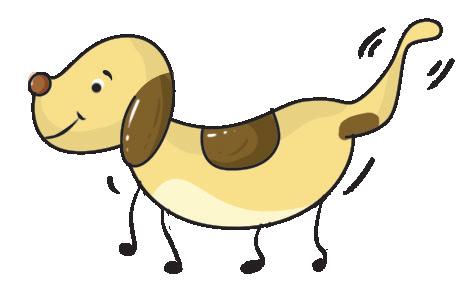
d a m j a m a m



dam jam am m a

c a n f a n n can fan man b a t c a t r a t


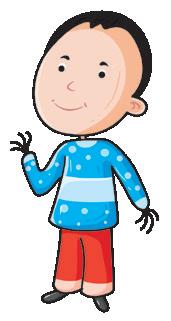
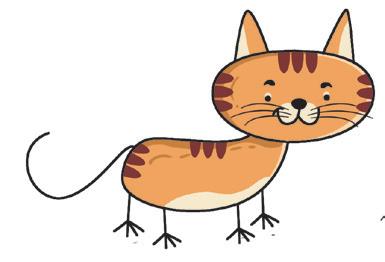
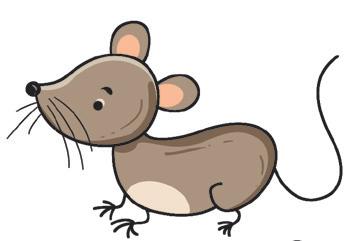

ad dad pad sad

ag bag rag wag
am dam jam am
an can fan man pan van
at bat cat fat hat
ap cap lap map tap at mat rat

Objectives
• Recognition of letter sound • Blending of letter sounds and reading
• Understanding word families

Listen to your teacher. Build words using your flash cards by placing them on the coloured boxes below.


Objectives
• Recognition of letter sound • Blending of letter sounds and reading
• Understanding word families


words that have the same ending sounds are called rhyming words. For example, “bat” and “mat”.
Say the name of each picture. Match the rhyming words.

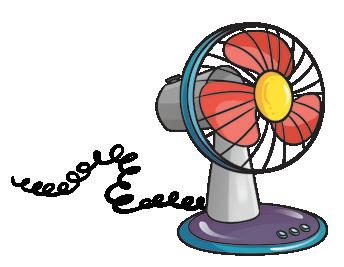
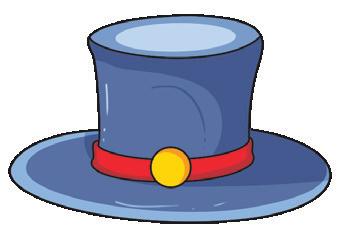






Objectives

• Matching • Association • Recognition of letter sound
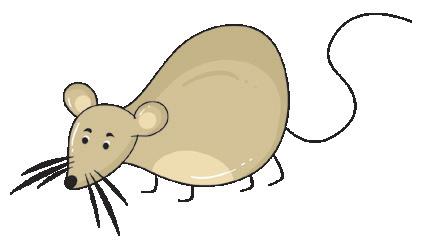




• Blending of letter sounds and reading • Understanding rhyming of words

1. A cat and a rat.
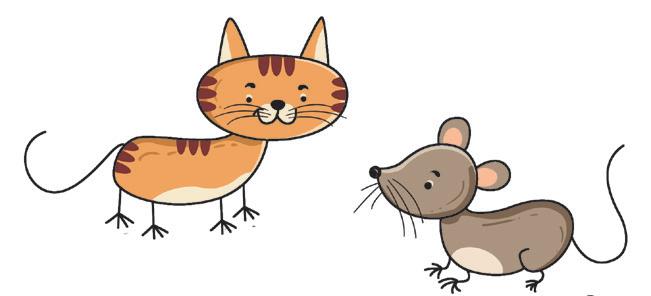

2. A fan and a van.
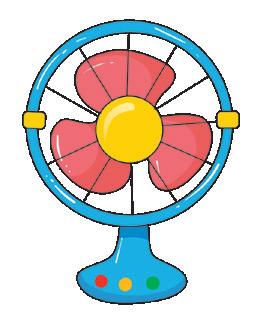
3. A tap and a cap.
4. A bat and a mat.
5. A man and a can.


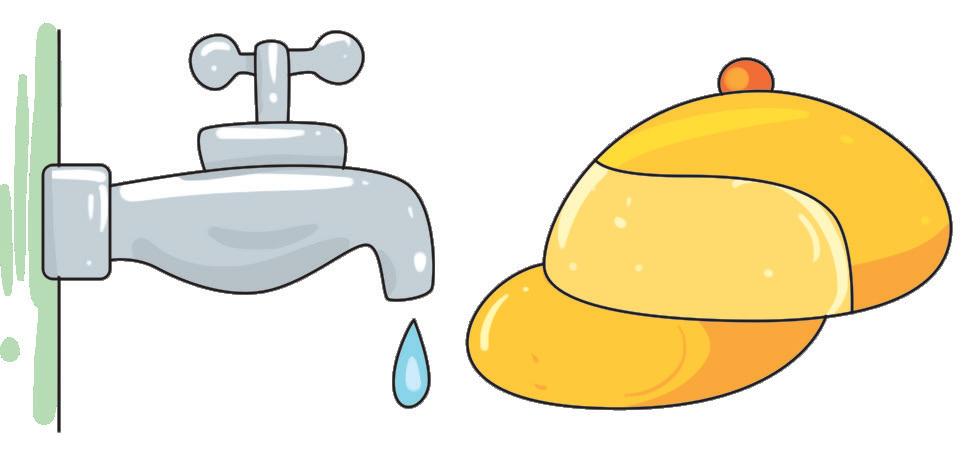
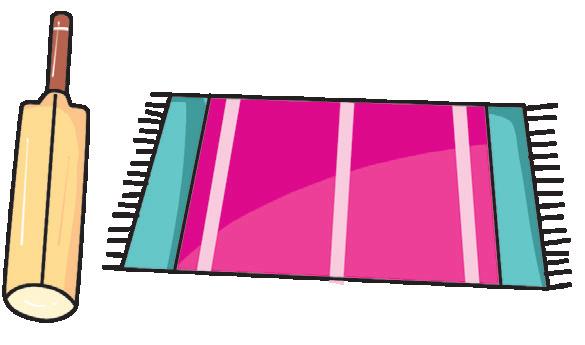


SIGHT WORDS a an and Objectives
• Blending of letter sounds • Reading sentences • Reading sight words



i d i g i n i p i t
p i r i s i t i w i d i f i h i b i l i m i n i k i i b

The dots (•) given below the letters are called sound buttons. The dot represents a single letter sound. They help in the blending and segmentation of sounds to create words.

Objectives
• Recognition of letter sound
• Blending of letter sounds and reading

b n r i i i b b b

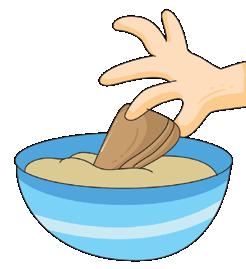
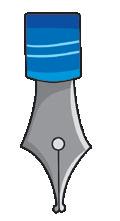
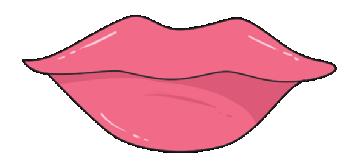

bib nib rib
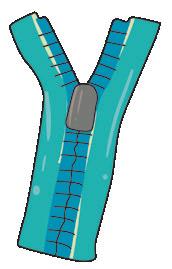
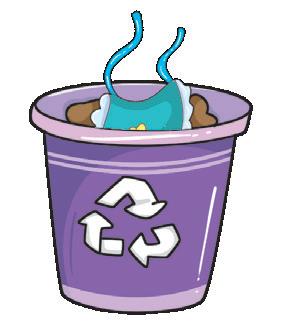
b f w i i i n n n bin fin win

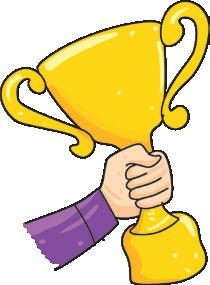
l k i i d d lid kid d l z i i i p p p dip lip zip



id kid did lid hid
ig big fig rig wig
in fin win bin pin

ip dip lip nip hip zip
ix fix mix six it bit hit fit kit lit

Objectives
• Recognition of letter sound • Blending of letter sounds and reading
• Understanding word families

Listen to your teacher. Build words using your flash cards by placing them on the coloured boxes below.


Objectives
• Recognition of letter sound • Blending of letter sounds and reading
• Understanding word families


name of each picture. Match the rhyming words.
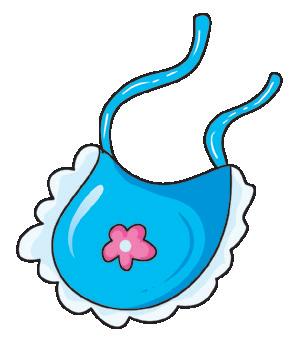
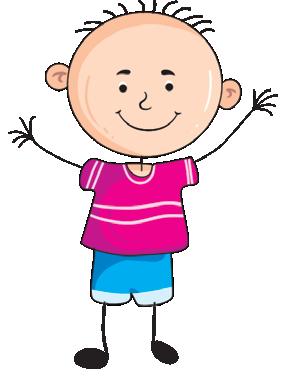




Objectives




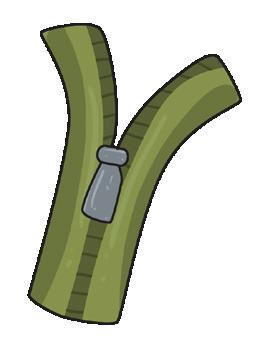
• Matching • Association • Recognition of letter sound • Blending of letter sounds and reading
• Understanding rhyming of words


1. A kid is in a pit.

2. A bib is in a bin.
3. It is a pin.
4. It is a kit.
5. It is a lid.

Objectives
• Blending of letter sounds • Reading sentences • Reading sight words
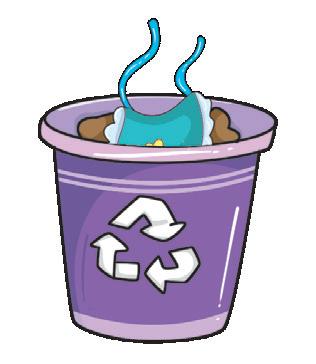

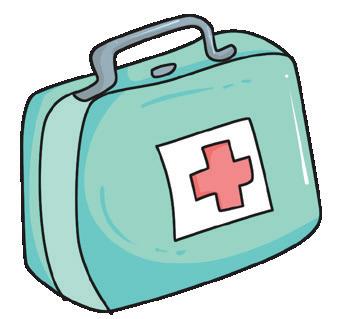
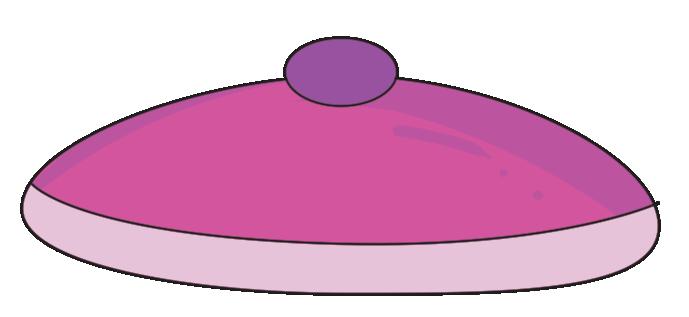



o b o d o g o p o t o x c d f b o o o o g o h o j o l o
m o n o p o r o s o t o

Objectives
• Recognition of letter sound • Blending of letter sounds and reading








r p t o o o d d p rod pod top c o p cop h m o o p p hop op c h p o o o t t t cot hot pot o b f x o o x x ox box fox
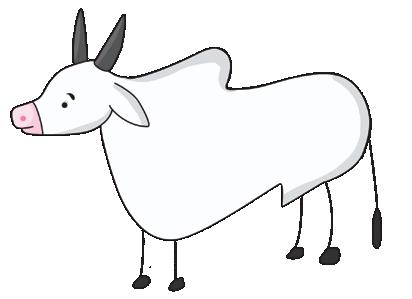



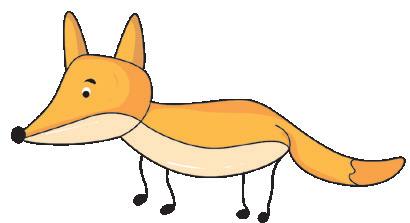

od cod god pod rod

og dog fog jog log
op cop hop mop top ox box fox ot cot dot hot pot

Objectives
• Recognition of letter sound • Blending of letter sounds and reading
• Understanding word families

Listen to your teacher. Build words using your flash cards by placing them on the coloured boxes below.


Objectives
• Recognition of letter sound • Blending of letter sounds and reading
• Understanding word families


name of each picture. Match the rhyming words.






Objectives
• Matching • Association • Recognition of letter sound


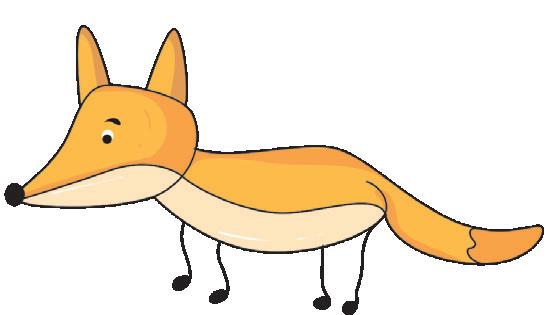


• Blending of letter sounds and reading • Understanding rhyming of words

1. A top is on a box.


2. A dog is on a log.
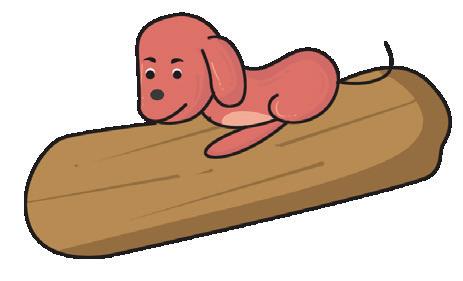
3. The pot is hot.
4. The fox is in a cot.


5. A mop is near a rod.
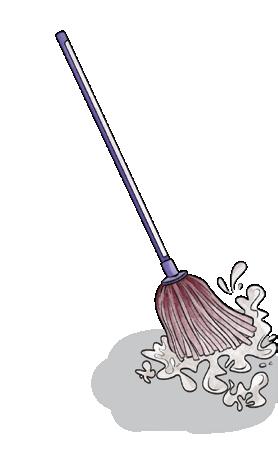


Objectives
• Blending of letter sounds • Reading sentences • Reading sight words



u b u d u g u n u p u t
b u c u d u g u j u m u n u p u r u s u t u h u

Objectives
• Recognition of letter sound • Blending of letter sounds and reading

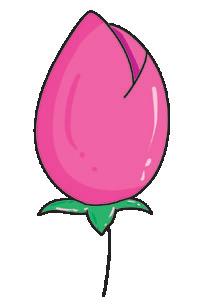
j u g jug b m u u d


h b m u u u g g g

hug

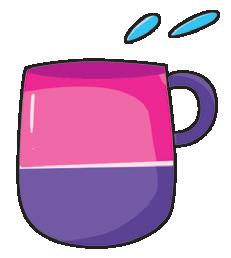

b u n bun bug mug r s u u n n run sun

c t u u b b cub tub




ug bug hug rug tug jug um gum

un bun fun run
ut cut hut nut

Objectives
• Recognition of letter sound • Blending of letter sounds and reading
• Understanding word families

Listen to your teacher. Build words using your flash cards by placing them on the coloured boxes below.


Objectives
• Recognition of letter sound • Blending of letter sounds and reading
• Understanding word families


name of each picture. Match the rhyming words.







Objectives
• Matching • Association • Recognition of letter sound

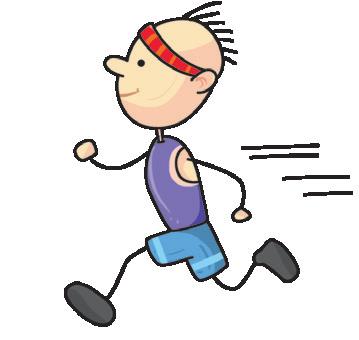

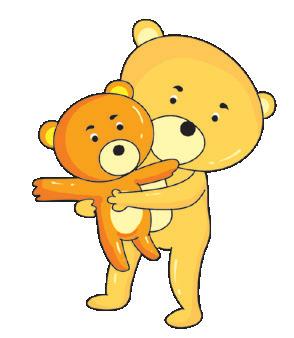

• Blending of letter sounds and reading • Understanding rhyming of words

1. I have a bud.
2. I have a bun.
3. I have a jug.
4. The cub is in a tub.

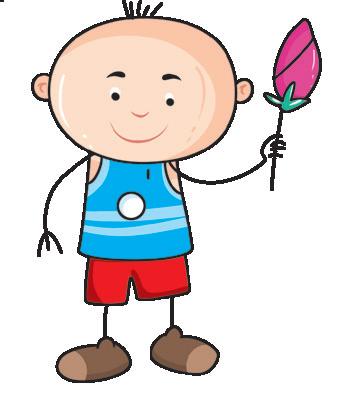
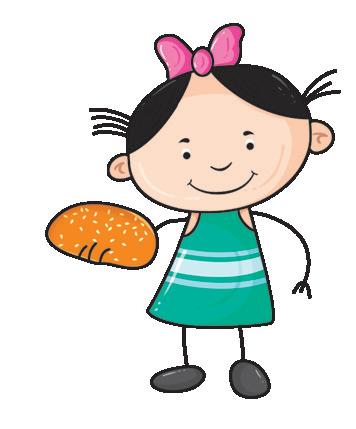

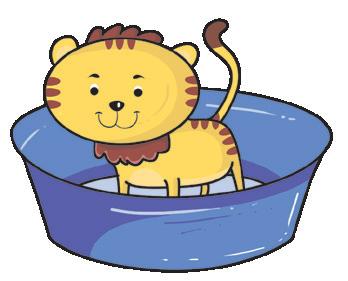
5. The bug is on the cub.
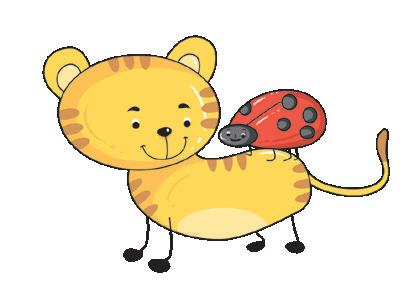

Objectives
• Blending of letter sounds • Reading sentences • Reading sight words



e d e g e n e b e t b e d e f e g e h e j e k e l e
m e n e p e r e
v e w e

Objectives
• Recognition of letter sound
• Blending of letter sounds and reading

d h e e n n




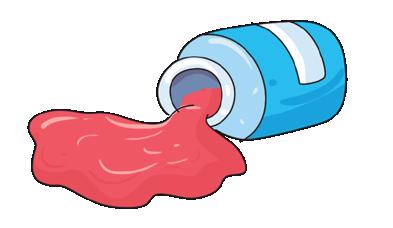

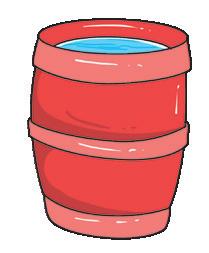
den hen b e d bed p e n pen t r e e n d ten red k l p e e e g g g keg
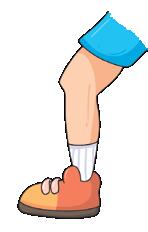


v e t vet leg peg w j e e t t wet jet
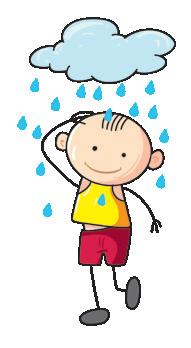


eb web

ed bed fed red wed
eg peg leg keg
en den hen pen ten
et get jet net pet vet wet

Objectives
• Recognition of letter sound • Blending of letter sounds and reading
• Understanding word families

Listen to your teacher. Build words using your flash cards by placing them on the coloured boxes below.


Objectives
• Recognition of letter sound • Blending of letter sounds and reading
• Understanding word families


name of each picture. Match the rhyming words.
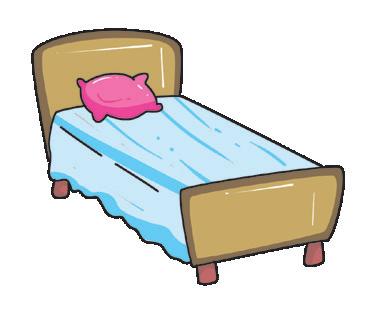

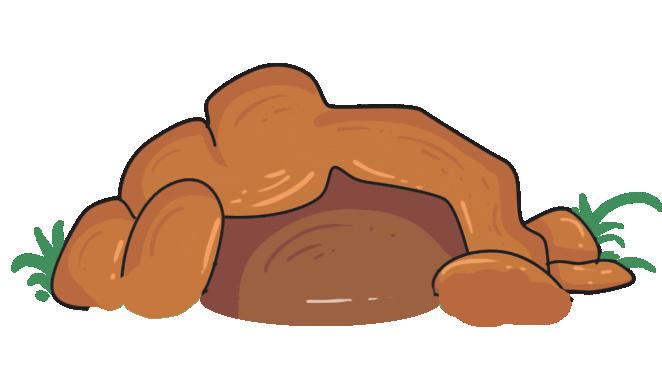



Objectives
• Matching • Association • Recognition of letter sound

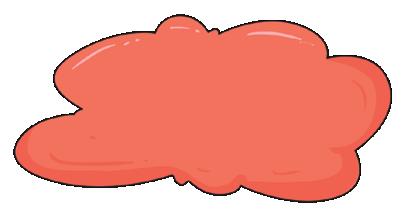



• Blending of letter sounds and reading • Understanding rhyming of words

1. The hen is on the bed.
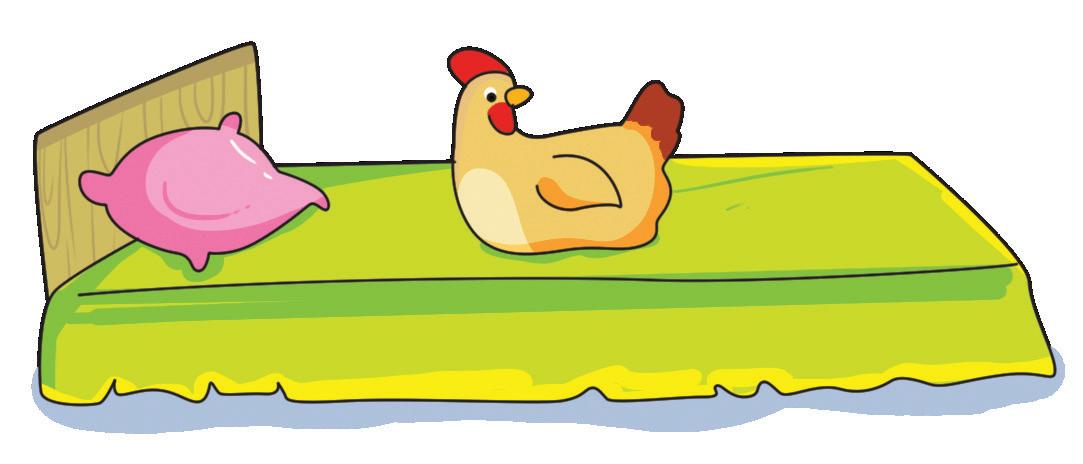

2. The pen and the peg.
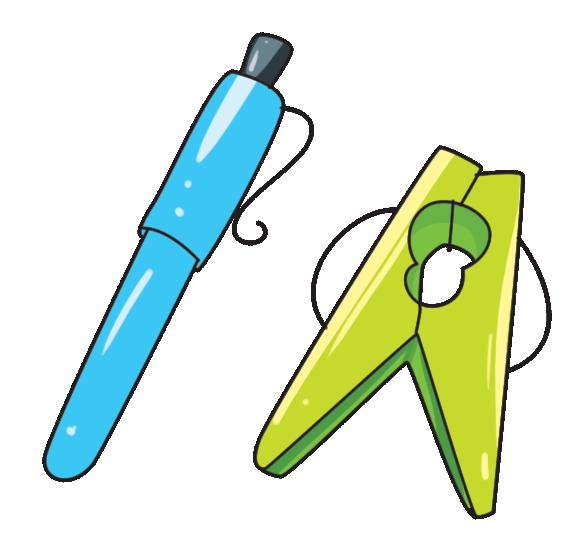
3. Ben is in the jet.
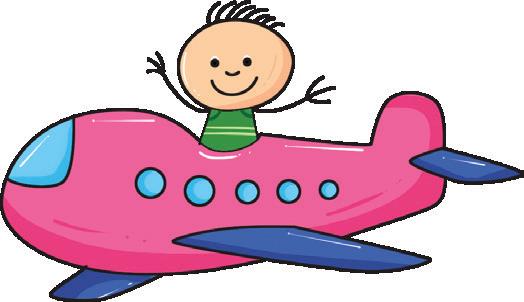
4. Ned has a pet.
5. Ted has a pen. SIGHT WORDS has

Objectives
• Blending of letter sounds • Reading sentences • Reading sight words




a the an are to she on is and was my saw in it have am see do I has can with he go

Objectives
• Blending of letter sounds • Reading sight words

1. I am Zac.
I have a pen.
My pen is red.
2. He is Ned.
Ned can see a dog.
The dog is wet.


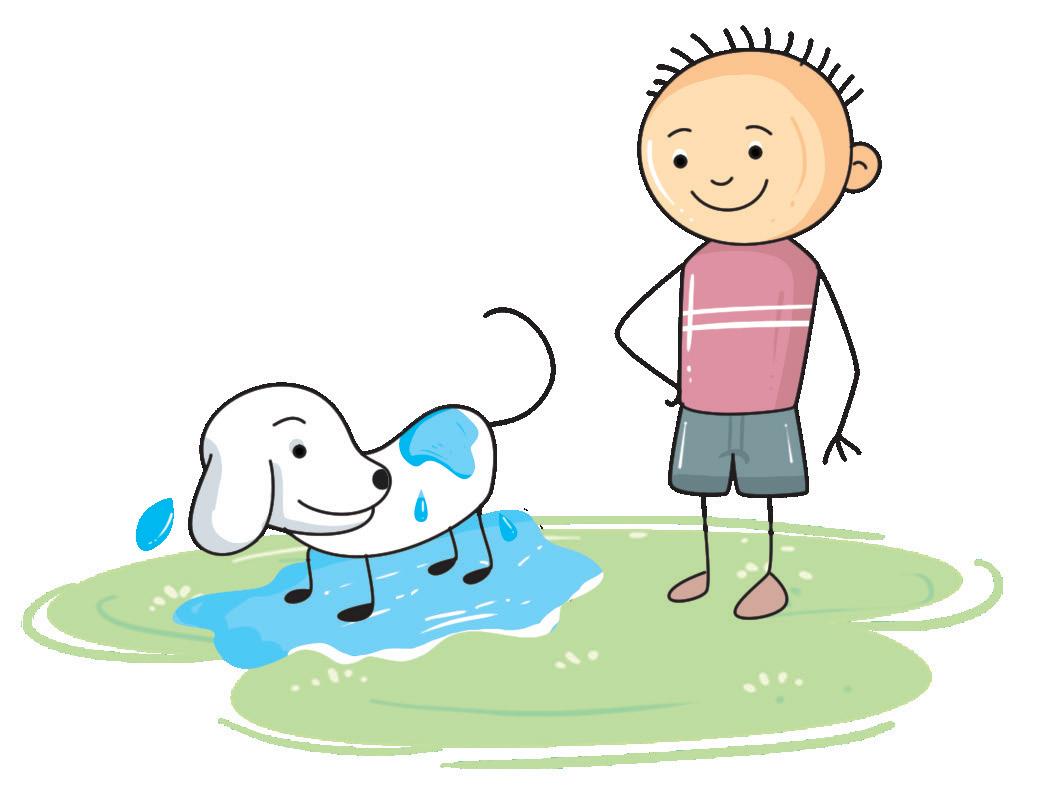
3. She is Pat. Pat is my cat. Pat and I go to a vet.


Objectives
• Blending of letter sounds • Reading sentences • Reading sight words


Daily Practice: Introduce simple sentences every day. Speak slowly and clearly, repeating sentences for children to imitate. Consistency in language use is key.
Interactive Games: Play interactive games like Simon Says to encourage understanding and following of instructions.
Action Words: Use action words (verbs) in sentences: jump, run, sit, stand, go out, come in, close the door, pack your bags, open your notebooks, read a book, hop, skip, jump.
Role Play Routines: Engage in role-playing routines such as brushing teeth, combing hair, cleaning rooms, eating lunch, playing, and doing homework.
Polite Language: Introduce polite words in daily interactions: please, thank you, sorry.
Example Sentence Structures: Here are some examples of sentence structures suitable for this level:
May I come in?
Thank you.
Sorry.
You are welcome.
Please give me…
May I borrow your pencil, please?
My name is [name of the child]
This is [name of the object/person].
That is [name of the object].
These are [name of the objects].
Those are [name of the objects].
It is [name of the object].
Excuse me!
May I go to the washroom?
I want…, please.
Please stand up.
Please sit down.
Close the door.
Open the door.
Take out your lunch box.
It is [name of the object].
Excuse me!
May I go to the washroom?
I want…, please.
Please stand up.
Please sit down.
Close the door.
Open the door.
Take out your lunch box.
Pack your bags.
Listen to the story.
Close your notebook.
Pick up the papers.
Put it/them in the bin.
Go to the washroom.
I am a boy/girl.
She is my friend/mother/sister.
He is my friend/mother/sister.
We are…
What is this?
Where is...?
What time is it?
Where do you live?
I brush my teeth.
I do my homework.
I help my parents.

Match the Same Letters: Encourage the children to match the same letter types first, uppercase letters to uppercase letters and lowercase letters to lowercase letters.
Alphabet Matching with Objects: Guide the children to match an object that starts with the letter of the alphabet. Repeat the same activity for all the letters of the alphabet.
Match the Picture with the Letter: Use pictures of words that start with each letter of the alphabet and ask the children to match the pictures with both big and small letters.
Play a Letter Memory Game: Hide letters around the room and challenge children to find the letters in order to match the uppercase letters to the lowercase letters.
Letter Sound Matching: Make a letter sound and encourage the children to find the letter that makes that sound. Repeat the same procedure for other letters as well.
Letter Hide and Seek: Ask the children to cover their eyes while you hide the letter cards around the room and ask them to find and identify the letters by name and sound.
Sandpaper Letter Cards: Provide big sandpaper letter cards of uppercase and lowercase letters and ask children to trace their fingers over the shape of the letters. This would help them in identifying the form and shape of the different letters.
Writing Letters in Sand: Provide sand trays and encourage the children to write the letters in the sand using their pointer fingers. This would help familiarize them with the shape of the letters and help in writing the letters on paper.
These activities help teach children the difference between big letters and small letters, which is the visual discrimination process that is needed for handwriting on the lines, or line awareness skills.
Play Games with Sounds: Look for an object around the room that begins with a letter and then say, “I spy with my little eye a word that begins with… b/b/b…”. “I am thinking of a fruit that rhymes with big. What’s the fruit?” (fig). What else rhymes with big? (dig, wig)
Rhyming with Word families: Word families are sets of words that rhyme. Start to build your family by giving children the first word, for example, cat. Then ask them to name all the words in the cat family, such as: bat, fat, sat, rat, pat, mat, hat, flat. This will help the children hear patterns in words.
Phonic Songs and Rhymes: Sing songs and say silly tongue twisters. These help the children identify and recognise the sounds in words. Focus on rhymes where the same sound is repeated over and over again. For example: Molly makes marvellous muffins every morning.
Sound Hunt: Choose a letter sound, and ask the children to look for and find things around the room that begin with the same sound. “Let’s find something that begins with the letter “c”… /c/c/c/ sound?” (Cupboard, card, crayon)
Sound Games: Practice blending sounds into words. Ask “Can you guess what this word is? (t – o – p).” Hold each sound longer than normal.
First Sounds: While reading a story with the children, pick a word from the book and say it with emphasis on the first sound. Pick another word and compare them: “ffff-frog and dddd-dog!” “Can you hear what sound ffff-frog starts with? Is it the same as dddd-dog?”
Tortoise Talk: Tell the children that you’re going to communicate in “tortoise talk” and they need to figure out what you’re saying. Take a simple word and stretch it out very slowly (e.g., /ccc…aaaa…ppp.../), then ask them to name the word.
CVC Words with Picture Clues: Use pictures of words with simple CVC words such as cat, dog, or bat. Hold the picture up for everyone to see and ask the children to name the picture. Encourage them to say the word aloud! This would help them segment the sounds in the words.
Segmenting Sounds: After saying the words, lead the children in segmenting the sounds they hear in the words.
CVC Word Building with Segmenting Sounds: After saying the word together, lead the children in segmenting the sounds they hear in the word. For example, if you're showing the CVC picture of a cat, ask them to identify the first sound they hear /c/ and then the middle sound /a/, and finally the last sound /t/.
CVC Word Building and Writing: As the children segment the sounds, ask them to use the letter flashcards and make the words. Finally, have them write the corresponding words in their books or notebooks. As the children write the letters and form the word, praise their efforts.
CVC Word Reading and Blending Sounds: In this activity, ask the children to imagine taking a walk along a CVC reading road. As they walk, they learn to segment and blend CVC words. Using the flashcards of letters, make a flashcard letter strip as your reading road. Space the letters out a little and arrange them in a way so they form different CVC words. Encourage the children to say the beginning, middle, and ending sound of the CVC words.
A Phonics Obstacle Course: Place three hoops in a row on the floor. Put a letter flashcard in each hoop, from which a CVC word can be made. Use the flashcard letters and make new words quickly. Ask the children to jump from one hoop to the next, saying each sound and blending them to make the CVC words.
Sensory Play and Playdough CVC Words: Show children how to roll the playdough into letter shapes. Guide them to use gentle pressure while rolling to create smooth and even letter shapes. Then, ask them to join three letters sounds to make CVC words.
CVC Word Bingo: Give each child a bingo card with 9 CVC words written in it. Call out CVC words one at a time. The children listen for the words they have on their cards and mark them with a small crayon if one of their words is called. Once, a child gets all nine of their CVC words covered, he/she shouts out "Bingo!" and is the winner.
CVC Picture and Word Match: In You can encourage children to do this activity in small groups. In one set, give them CVC word cards and in the other set, give them picture cards of the CVC words. Ask them to match each CVC word card with its picture card.
Tips to Encourage Classroom Discussion
Promote Politeness: Encourage polite interactions among children.
Provide Positive Reinforcement: Praise children for their contributions and maintain a friendly and interactive atmosphere.

Daily Circle Time: Organise daily circle time activities where children can share experiences and stories. Respect Language Preferences: Encourage children to speak in their preferred language without imposing a single language.
Incorporate Show and Tell: Make show-and-tell a regular part of classroom routines to foster sharing and communication skills.
Encourage Decision Making: Allow children to make small decisions during activities to promote confidence and participation.
Start with Warm-Up Activities: Begin the day with calming warm-up activities like singing familiar songs or playing simple games.
Use Props and Visual Aids: Pass around objects during circle time to designate speaking turns and organise activities that require taking turns.
Facilitate Pair and Group Activities: Pair children for tasks or group games that encourage communication and teamwork, like “Simon Says”.
Role-Playing Scenarios: Create scenarios (e.g., grocery store, doctor's office) with props to stimulate interaction and communication in role play. Support imaginative play where children can engage freely in conversations and storytelling.
Ask Open-Ended Questions: Prompt discussions with questions about daily activities, preferences, or observations to stimulate conversation.
Interactive Songs and Rhymes: Sing songs and nursery rhymes that involve actions and responses to engage children in verbal participation.
Picture Descriptions: Use pictures from books or magazines to encourage children to describe what they see and share their thoughts.
Use Puppets for Storytelling: Utilise puppets to act out stories or scenarios, prompting children to engage in dialogue and storytelling.
Support Shy Children: Be patient and provide gentle encouragement and individual support to children who are hesitant to speak.
Provide One-on-One Time: Spend dedicated time with children who need extra support to build their confidence in speaking and interacting.
k l m o n r s x w u z






















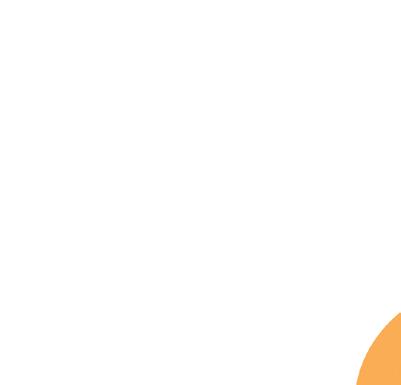




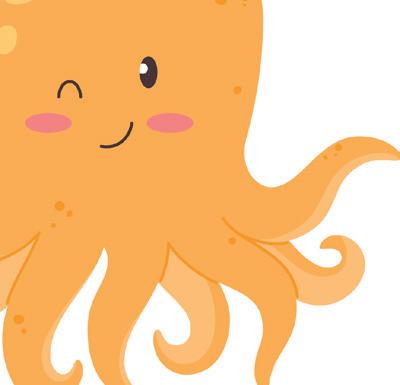




































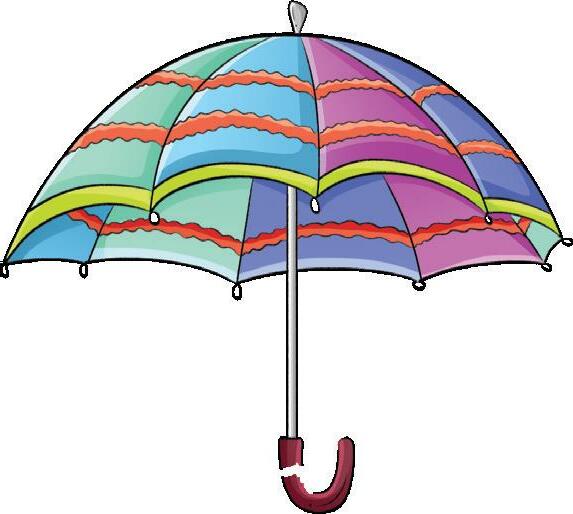






















DAWN is a comprehensive, NCF 2022-based Early Childhood Education program that lays a solid foundation for lifelong well-being and holistic growth, encompassing physical, cognitive, and socio-emotional development.
This Literacy Skillbook has been designed to especially develop phonemic awareness, soundsymbol relationship, vocabulary, oral language, reading comprehension and writing skills.
Additional Resources
• Flash Cards
• Sticker Sheets
• Suggested Activities List, for teacher and parents
• Teacher's Manual
• Digital Resouces
• Assessment Sheets and Holistic Progress Card
• Play-based learning activities, which promote holistic development of the child in all ECE domains
• School readiness, which is assured in the curriculum and learning design
• All-round development, in areas of physical, cognitive, cultural and socio-emotional domains
• Teacher assets, like assessment tools and lesson plans to help maximise program quality and outcomes
Uolo partners with K-12 schools to provide technology-enabled learning programs. We believe that pedagogy and technology must come together to deliver scalable learning experiences that generate measurable outcomes. Uolo is trusted by over 15,000+ schools across India, Southeast Asia and the Middle East.
ISBN 978-81-980375-4-1
